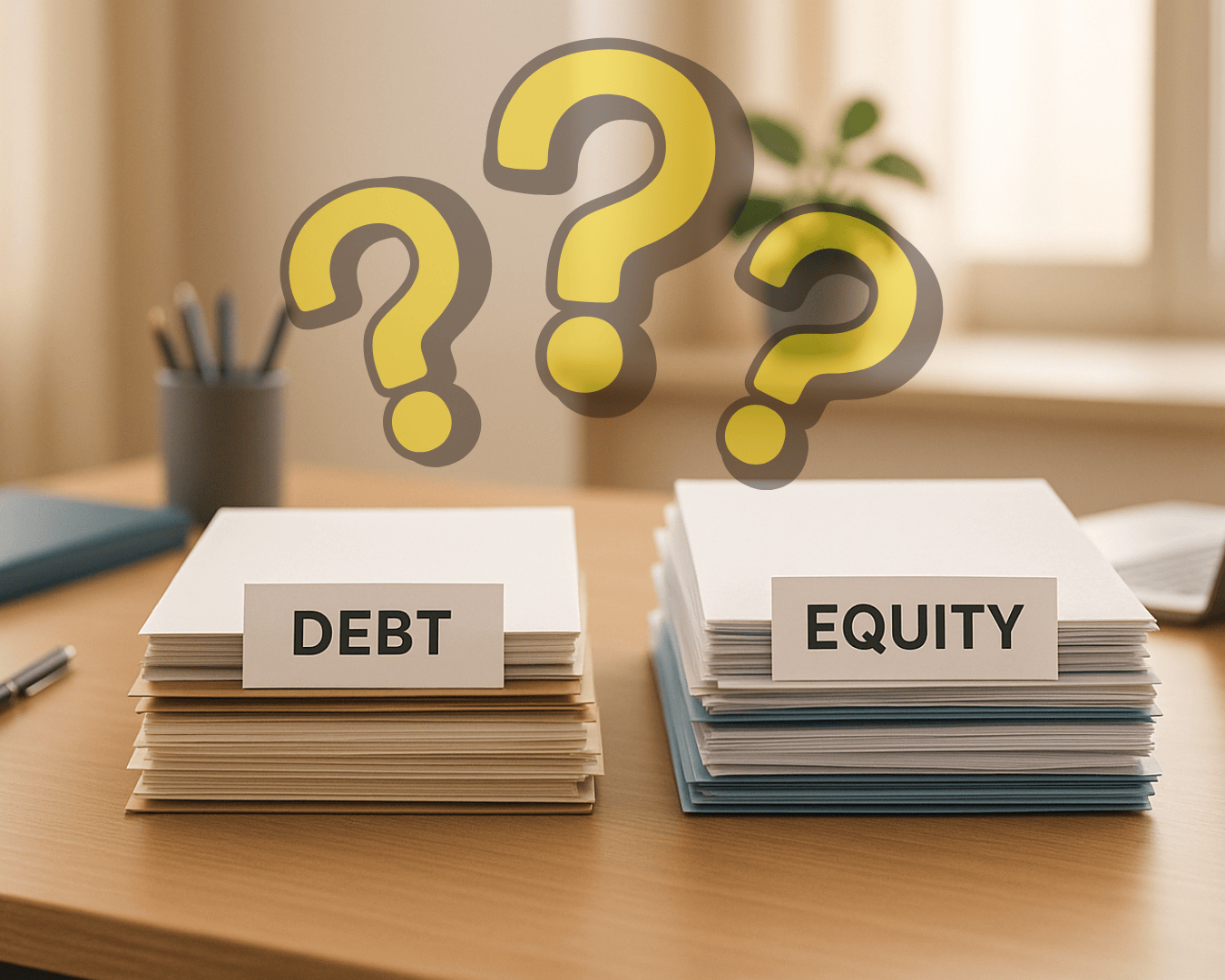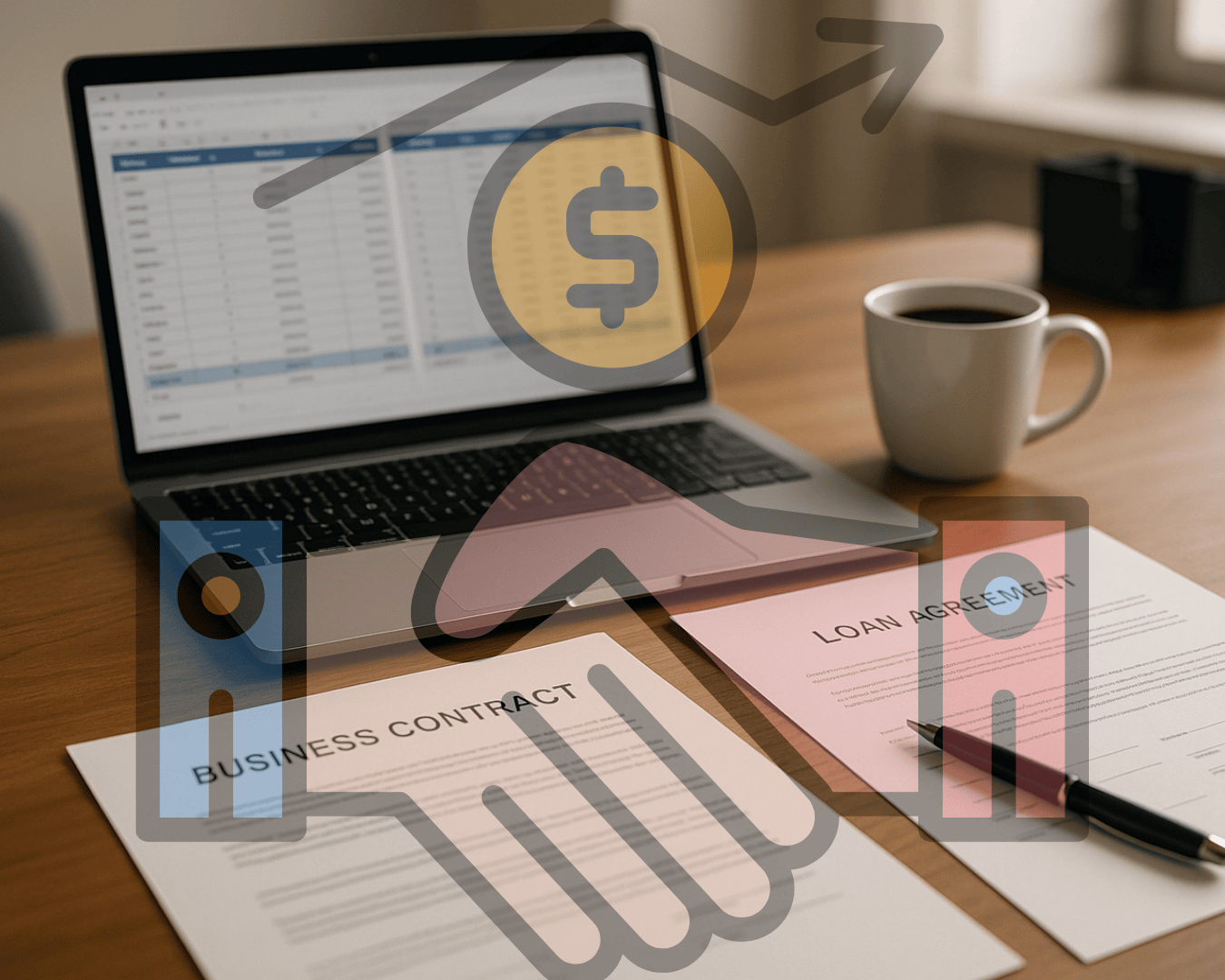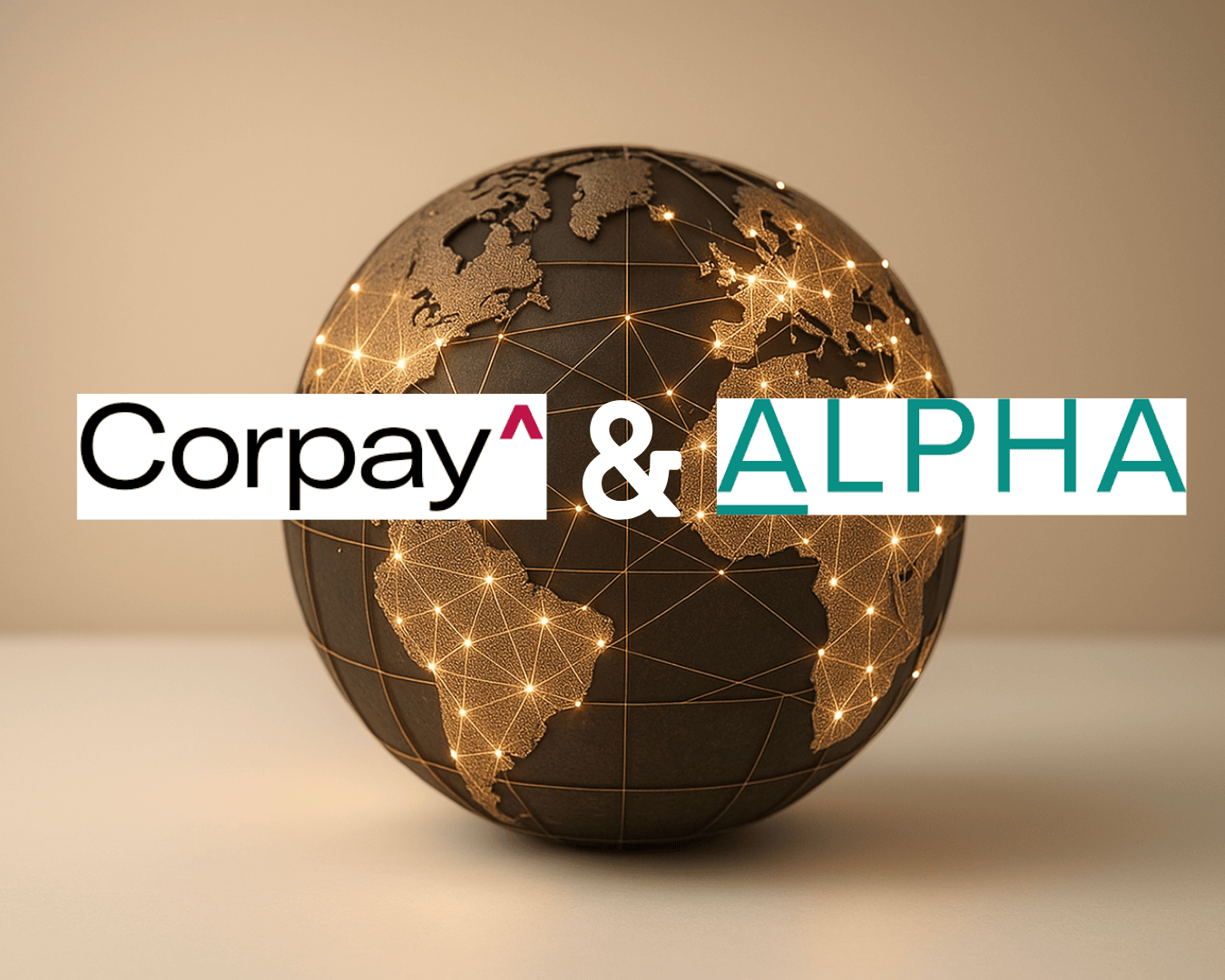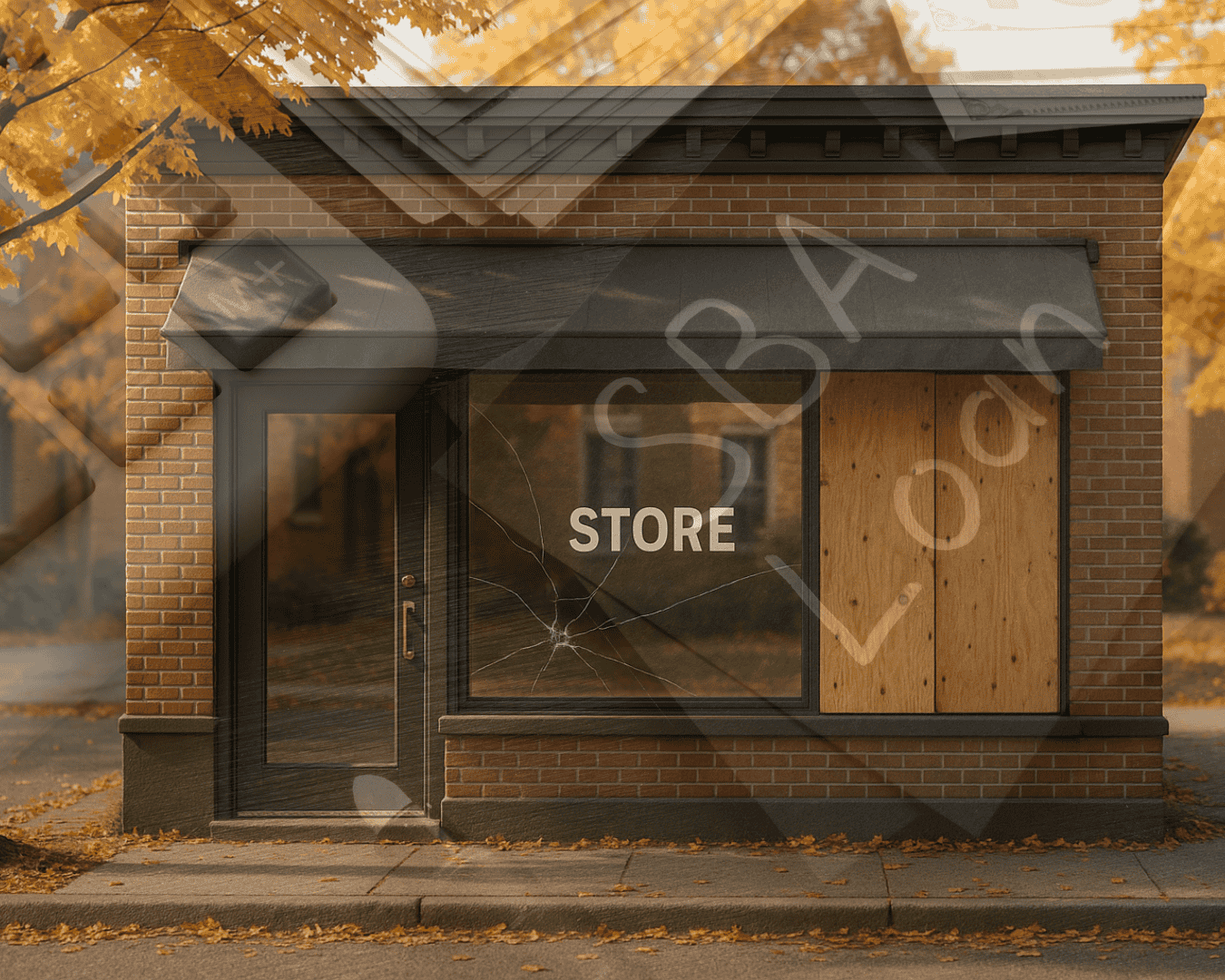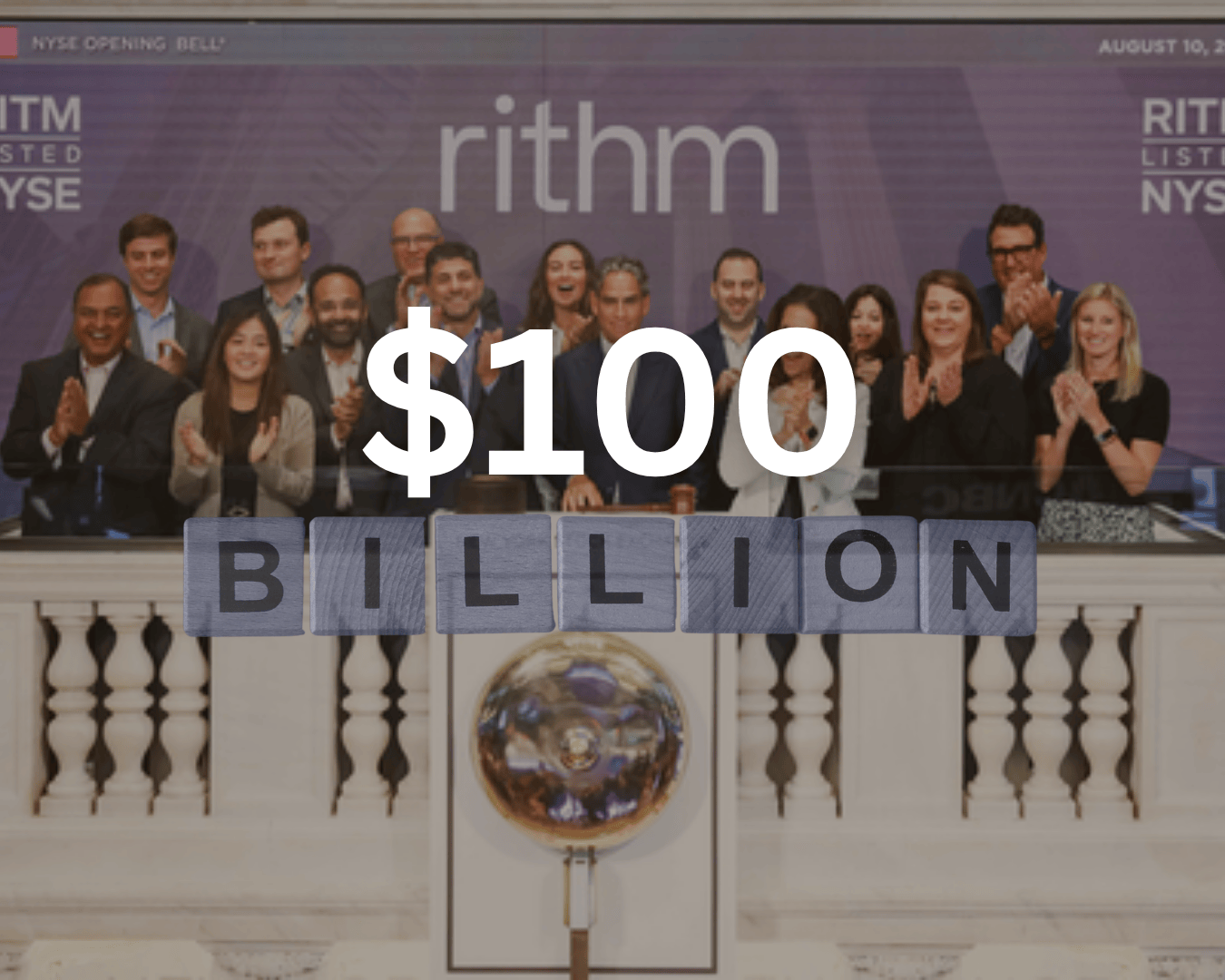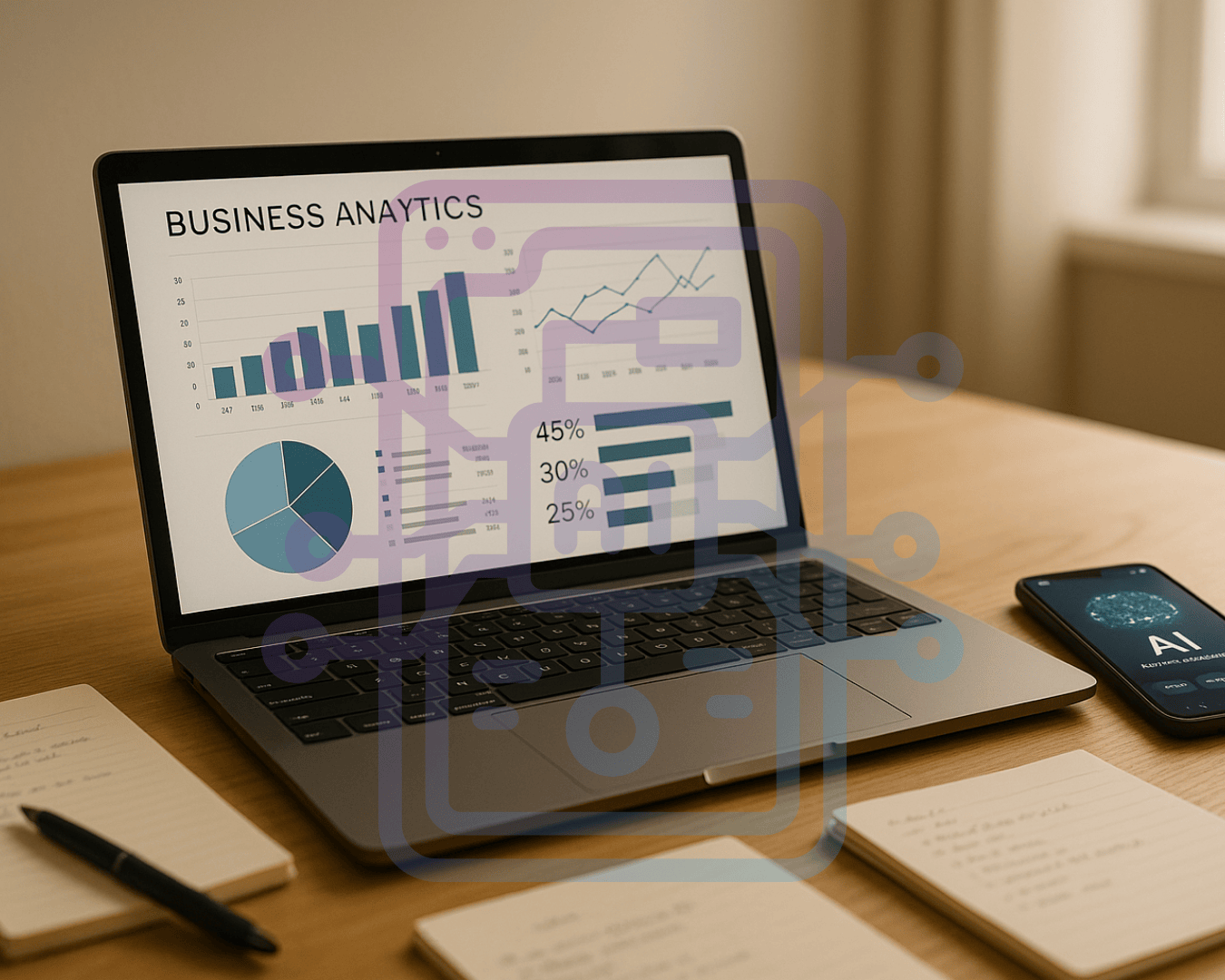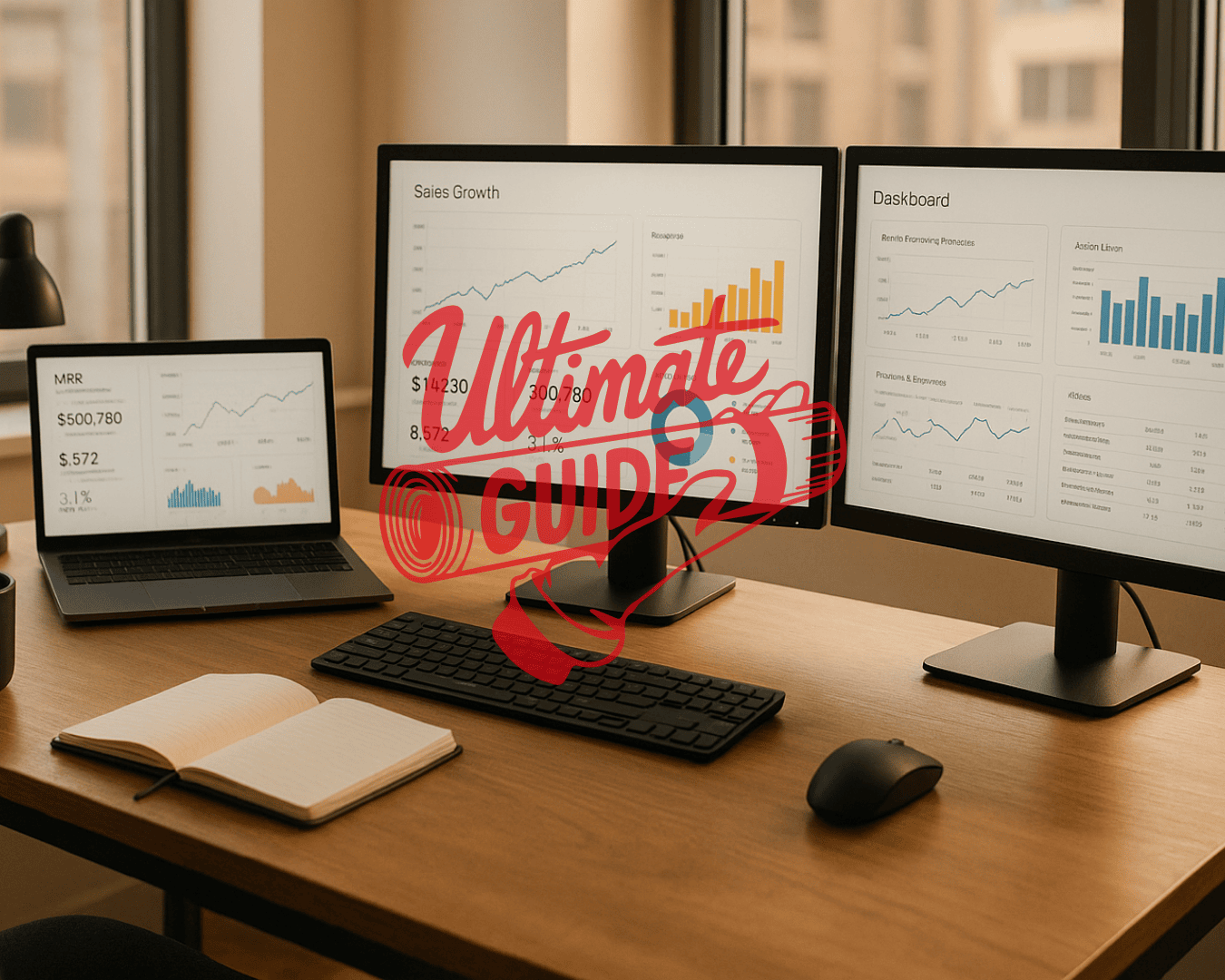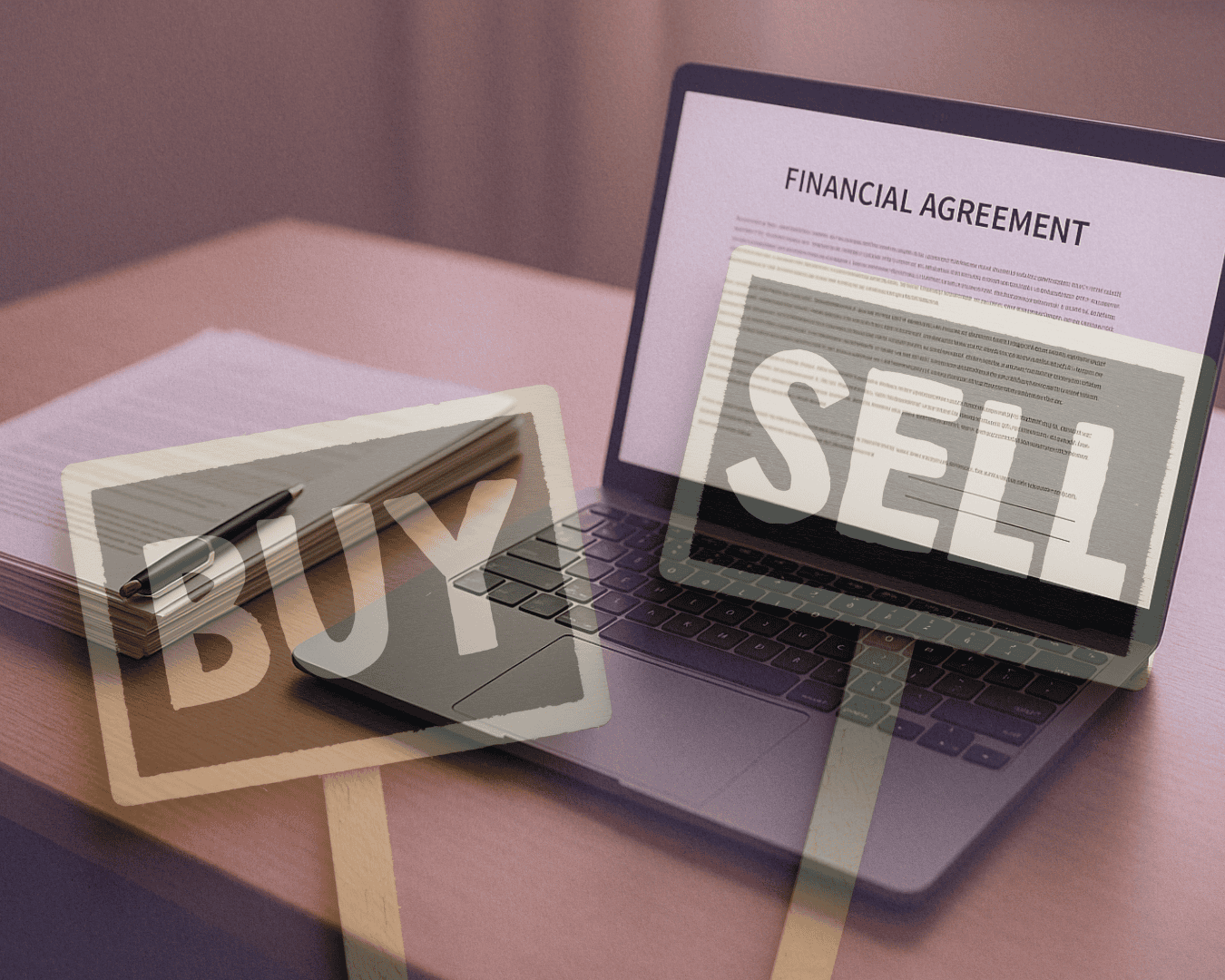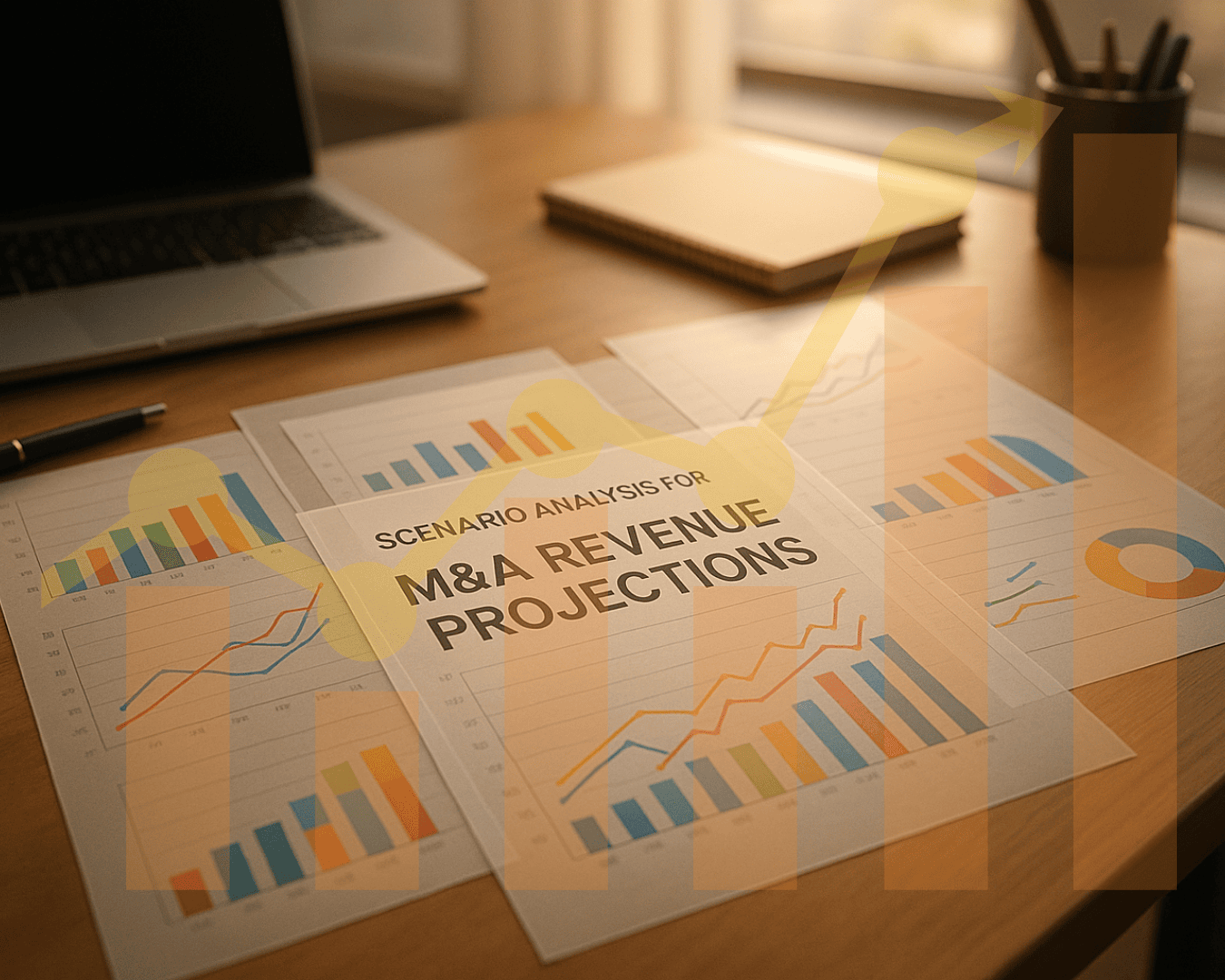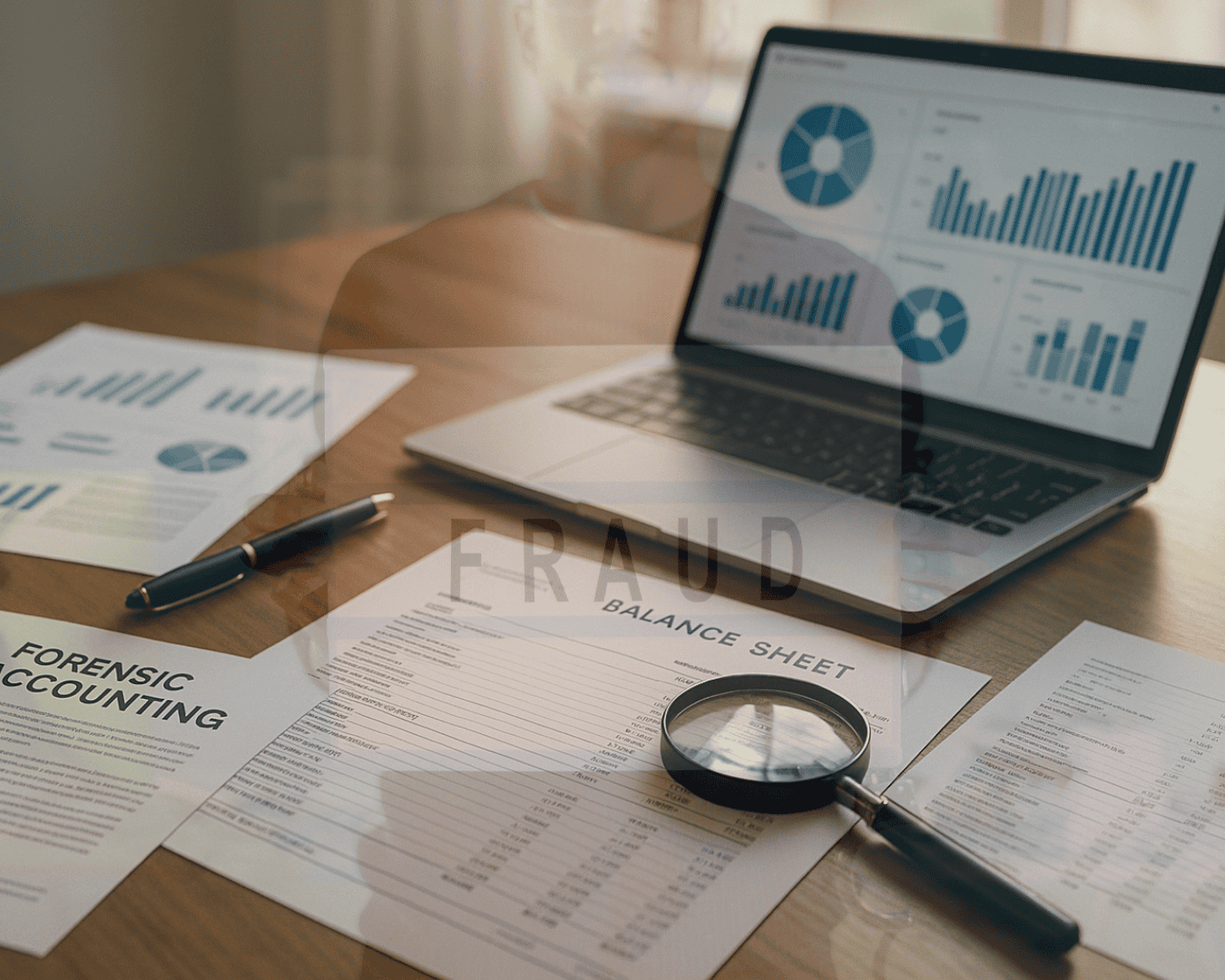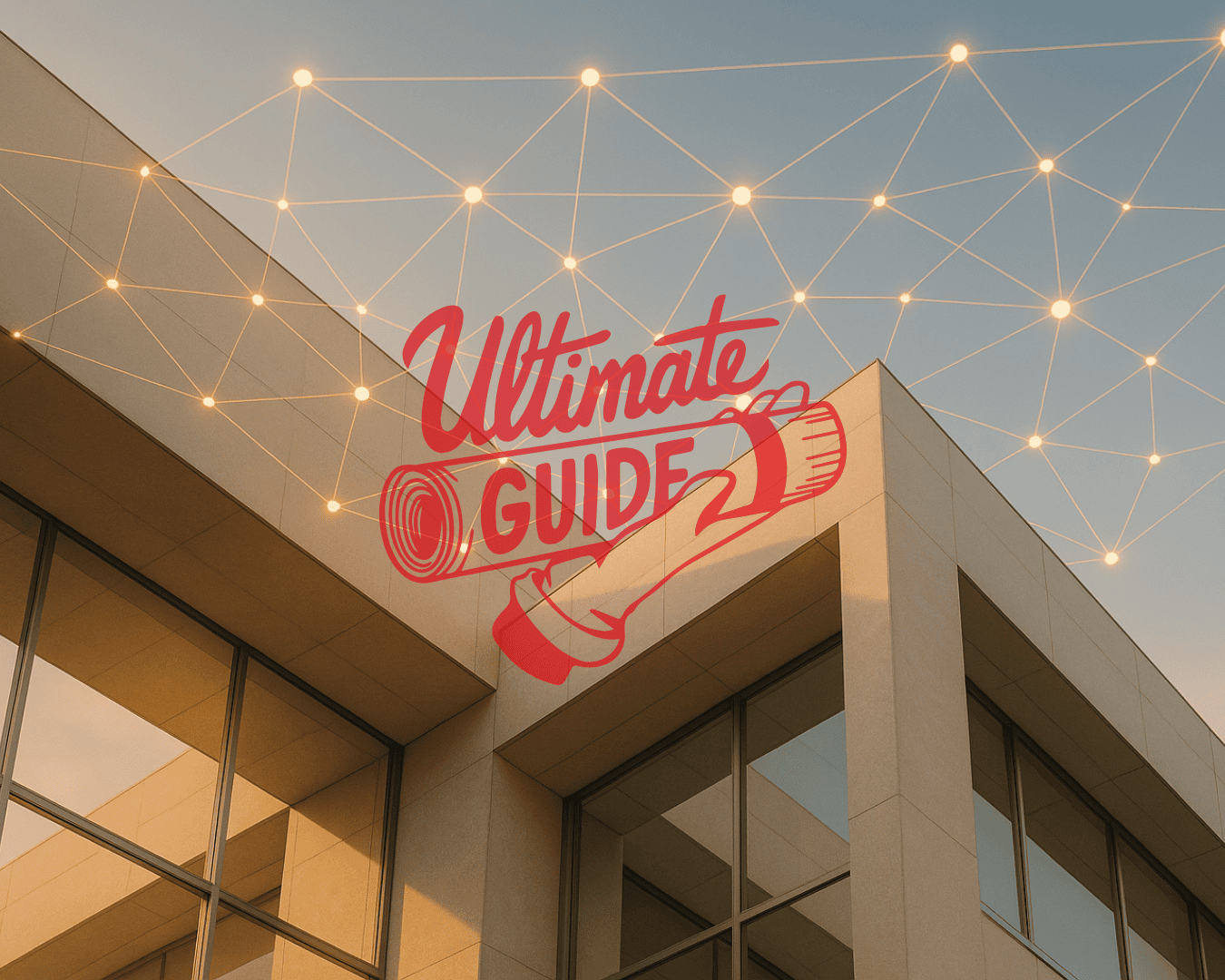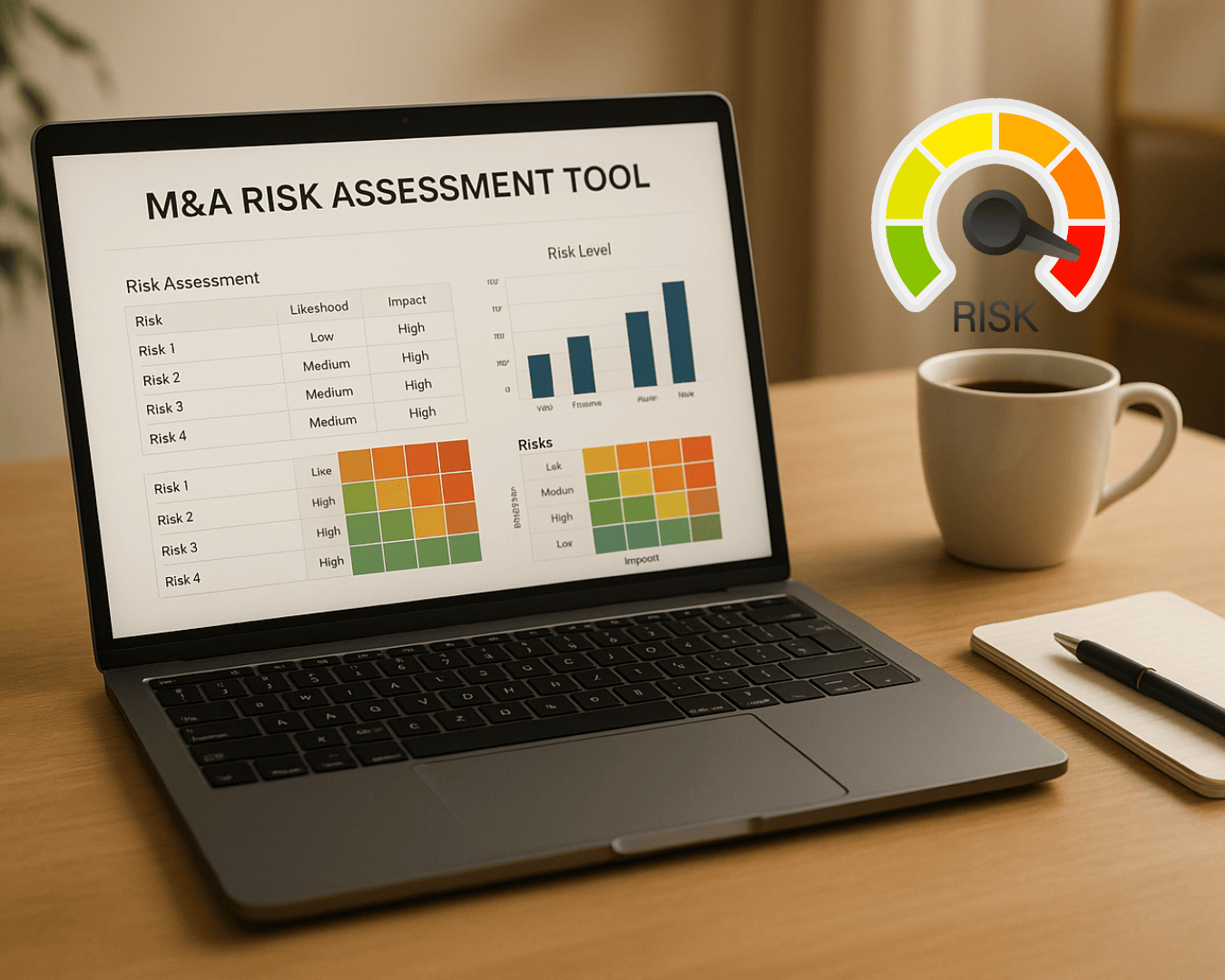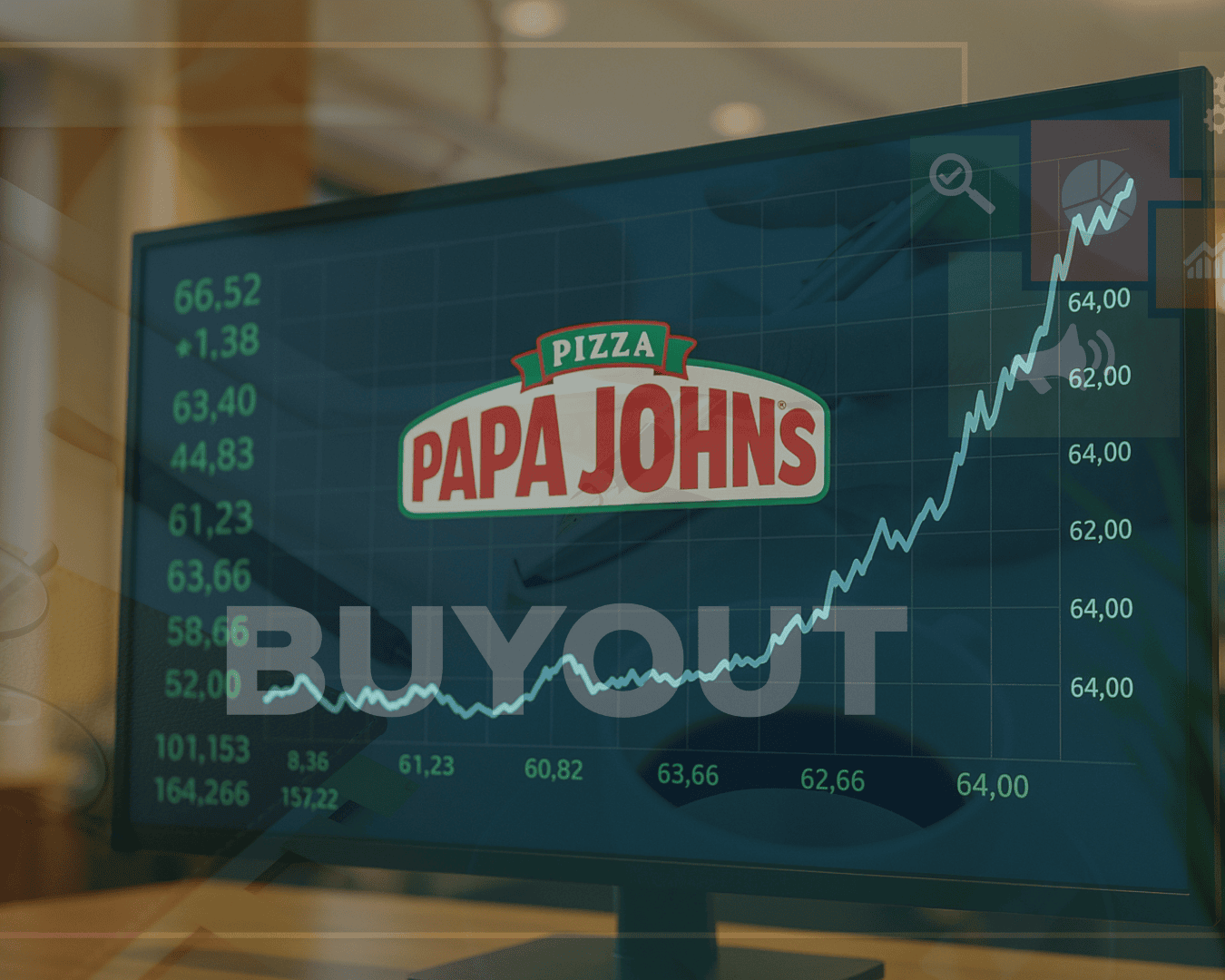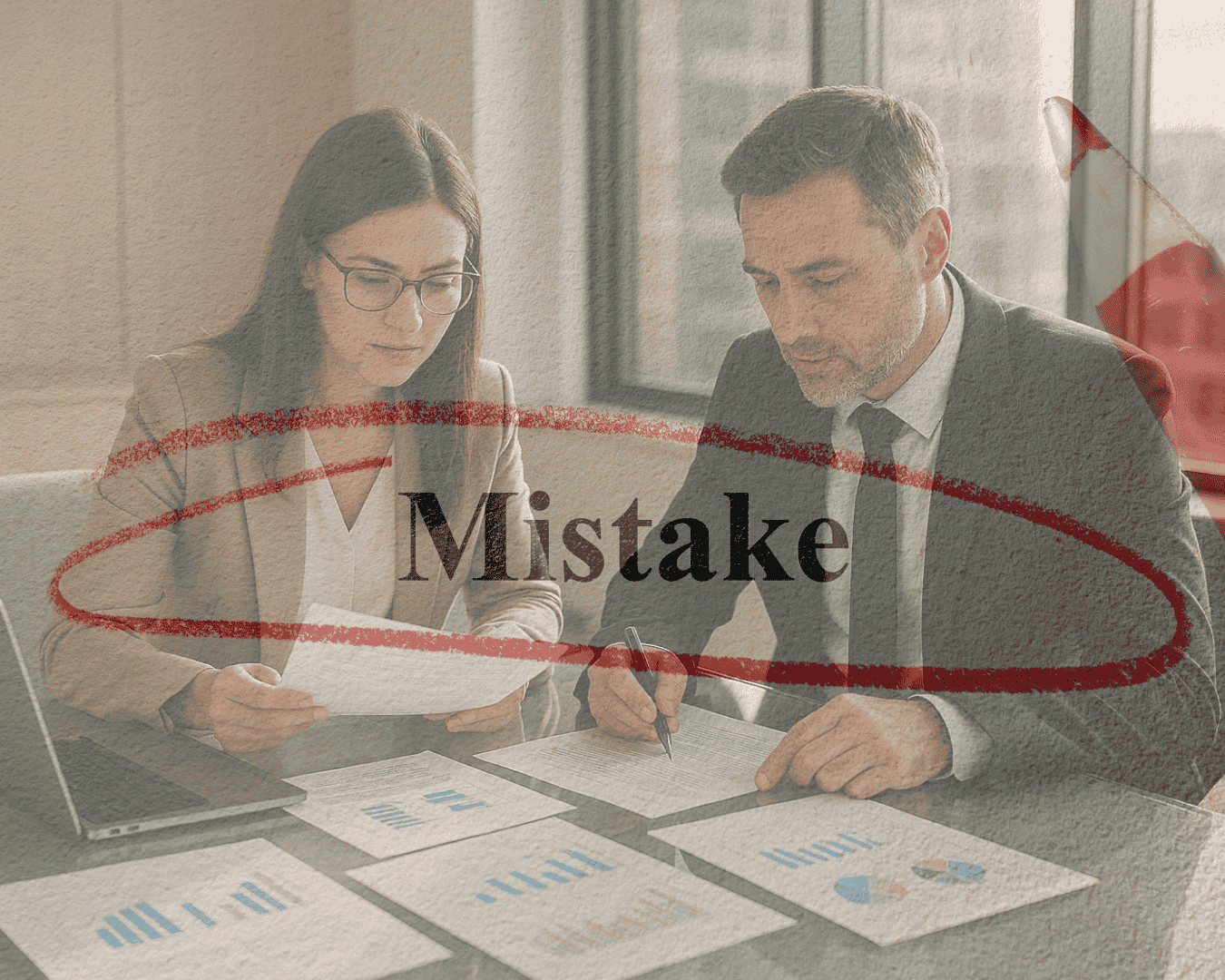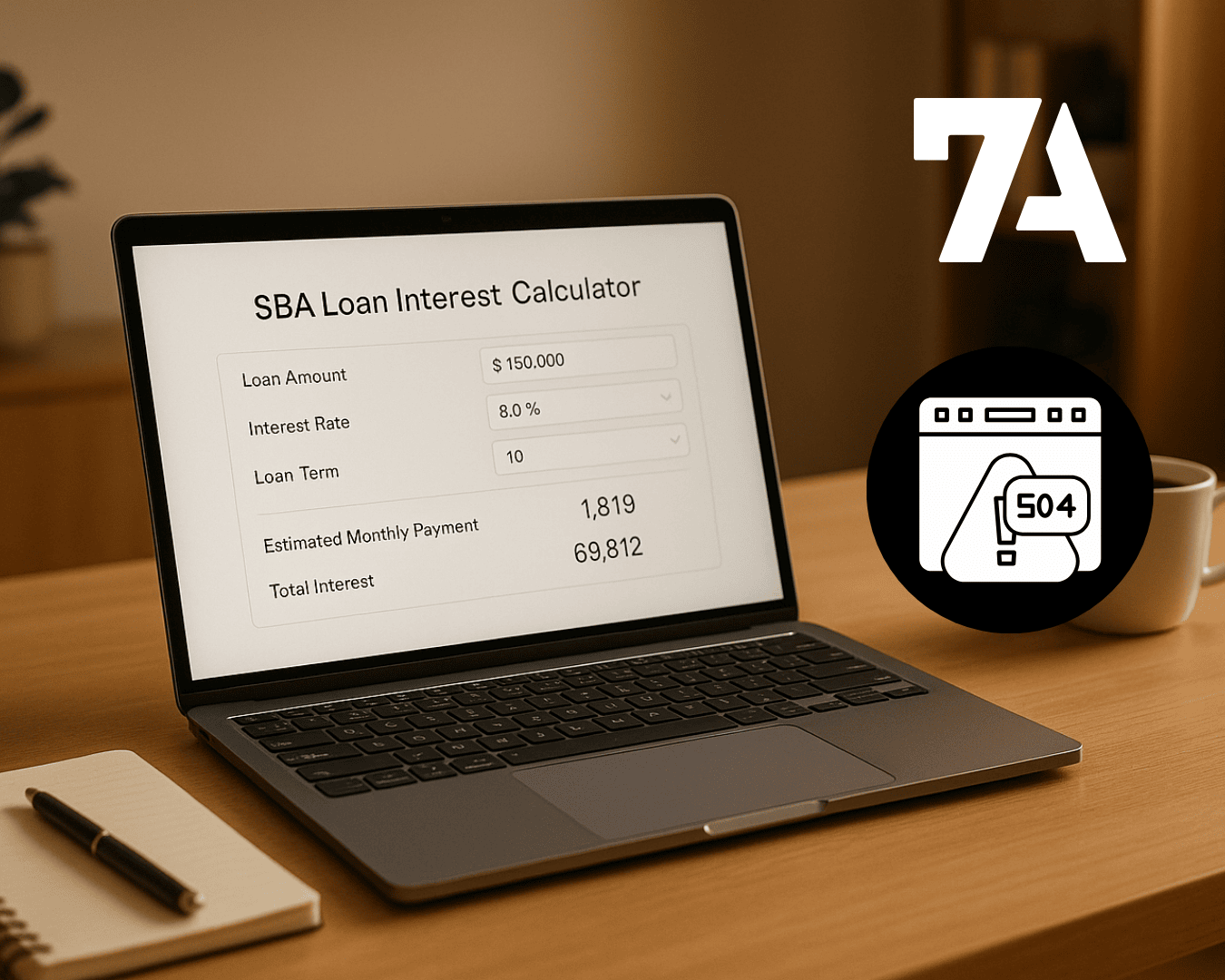When you're acquiring a business, ignoring supply chain risks can lead to costly surprises. Supply chain issues - like unreliable vendors, cybersecurity vulnerabilities, or regulatory non-compliance - can disrupt operations and hurt your bottom line. A thorough risk assessment before closing a deal is essential to identify weak links and protect your investment.
Key steps to assess supply chain risks include:
- Map the supply chain: Identify all suppliers, logistics partners, and dependencies, including tier-2 and tier-3 suppliers.
- Evaluate vendor reliability: Check financial health, delivery performance, and quality control of key suppliers.
- Analyze logistics risks: Review transportation routes, warehouse locations, and potential disruptions.
- Check compliance: Ensure suppliers meet labor, safety, and quality regulations.
- Document and mitigate risks: Create a centralized risk register with actionable plans for high-priority risks.
Using tools like risk heatmaps, supplier scorecards, and AI-powered platforms can simplify this process, helping you make informed decisions and avoid supply chain disruptions post-acquisition.
Understanding Supply Chain Risks in Business Acquisitions
What Is Supply Chain Risk
When it comes to acquisitions, supply chain risk refers to potential threats that can disrupt the flow of goods, services, or information between suppliers and customers after the deal is finalized. These risks are typically grouped into three main areas: procurement contracts and processes, supply chain systems and financials, and supplier strategies.
Financial risks are a major concern, especially if key suppliers face bankruptcy or cash flow issues, which could leave you without essential materials or services. Geopolitical risks stem from trade wars, sanctions, or political instability in regions where suppliers operate. Meanwhile, environmental risks - like natural disasters, regulatory changes, or climate-related impacts - can also threaten supplier operations.
Cybersecurity risks are gaining attention, with 53% of companies reporting critical cybersecurity issues during M&A processes that jeopardized deal negotiations. On the other hand, operational risks include quality control problems or transportation delays, both of which can significantly disrupt your ability to meet customer demands post-acquisition.
Why Supply Chain Due Diligence Is Important
Every year, 70% to 90% of M&A deals fail, and supply chain problems are often a key factor. Companies that successfully integrate post-acquisition tend to realize over 83% of expected synergies, compared to less successful acquirers who achieve less than half (47%).
"Companies that expand their diligence efforts beyond finance and legal invest in the future success of the transaction. Highlighting material risks and operational obstacles in the early stages of the deal cycle provides sharper context for the valuation and allows more runway for mitigation of factors that may have otherwise impaired deal value."
– CrossCountry Consulting
Performing thorough supply chain due diligence ensures you fully understand what you're buying. Even a business with solid financials can be at risk if it relies heavily on a single supplier facing financial trouble or operates in regions prone to political or environmental instability.
Spotting these vulnerabilities early gives you an edge in negotiations and more time to address issues before they escalate. The next step is to explore the most common types of supply chain risks and identify areas that may require deeper scrutiny.
Common Types of Supply Chain Risks
Vendor reliability issues and single-source dependencies pose significant risks when a business depends on suppliers with shaky financials or inconsistent performance. Over 70% of procurement leaders emphasize supplier evaluation as critical to achieving their goals. Companies that enforce strict supplier evaluations report 30% fewer supply chain disruptions.
Regulatory compliance challenges can arise from several angles. Suppliers operating in regions with weak governance may expose you to corruption or fraud risks. Additionally, expanding requirements around export controls, sanctions, and environmental, social, and governance (ESG) compliance can lead to legal penalties or reputational harm if not properly managed.
Contract-related risks are often overlooked. Evergreen contracts with automatic renewals can trap you in unfavorable terms, while change-of-ownership clauses may trigger renegotiations or even contract terminations, reducing the deal's value. Master Services Agreements might also include terms that worked for the previous owner but conflict with your current business model.
| Risk Category | Issues | Impact |
|---|---|---|
| Vendor Reliability | Financial instability, performance issues, geographic concentration | Supply disruptions, quality problems, increased costs |
| Regulatory Compliance | Export controls, labor laws, ESG requirements, corruption risks | Legal penalties, operational restrictions, reputational damage |
| Contract Terms | Evergreen clauses, change of ownership provisions, unfavorable pricing | Locked-in costs, forced renegotiations, stranded expenses |
| Cybersecurity | Supplier data breaches, system vulnerabilities, integration risks | Data loss, operational disruption, regulatory violations |
Cybersecurity vulnerabilities are another pressing concern. Risks extend beyond the target company to its entire supplier network. A data breach at a key supplier could compromise sensitive information, disrupt operations, or even result in regulatory scrutiny. Alarmingly, 95% of organizations report at least one high-severity risk in their software supply chain.
Step-by-Step Guide to Assessing Supply Chain Risks
Map the Supply Chain
Start by mapping out your entire supply chain. This means identifying every supplier, vendor, distributor, and logistics partner involved in delivering your products or services. Go beyond just tier-1 suppliers - try to include tier-2 and tier-3 relationships whenever possible.
Request detailed supplier lists that include contact information, contract terms, and a breakdown of the goods or services each vendor provides. Pay close attention to geographic concentration. If multiple key suppliers are located in the same region, a localized issue - like a natural disaster - could disrupt your entire supply chain.
Document how suppliers depend on one another. For instance, if one supplier provides raw materials that another uses to make components, both are critical links in the chain. Creating a flowchart that shows how materials, payments, and information move through the network can help you spot vulnerabilities.
Identify any single points of failure - those critical tasks handled by one supplier without a backup. These relationships deserve extra scrutiny. Once you've mapped everything out, evaluate each vendor's reliability to better understand the risks.
Evaluate Vendor Reliability
Take a close look at the financial health of your key suppliers. Review their balance sheets, income statements, and cash flow reports. Metrics like revenue trends, profit margins, debt levels, and liquidity ratios can reveal a lot. Tools such as Dun & Bradstreet can also provide insights into a supplier's credit history and financial stability.
Assess each supplier’s production capacity, technology, and workforce. Site visits are a great way to verify conditions and gain insights that paperwork won’t show.
Analyze historical delivery performance by reviewing shipment data. Look for patterns in on-time delivery rates and delays. Also, check quality control by examining customer feedback, returns, and complaints.
Consider how well each supplier can adjust to market demands, like scaling production up or down. Use supplier scorecards to compare vendors across these criteria. With this information in hand, you can move on to analyzing logistics risks.
Analyze Logistics and Transportation Risks
Map out all shipping routes, transportation methods, and logistics partners. Look for single points of dependency that could disrupt operations. Be sure to review seasonal variations and potential risks tied to warehouse locations, especially if they’re in areas prone to natural disasters, labor strikes, or infrastructure issues.
Check for over-reliance on a single shipping method, port, or logistics provider. Diversifying these options can reduce risk. Use vendor performance data to inform your logistics analysis.
Evaluate the locations of warehouses and distribution centers, focusing on their proximity to key suppliers and customers. Also, review inventory management practices to strike the right balance between cost and service levels, minimizing the chances of overstocking or running out of stock.
Check Compliance and Regulatory Requirements
Make sure every supplier complies with environmental, labor, and quality regulations, including U.S. standards like those enforced by OSHA and the EPA.
Set clear contractual requirements for compliance, tailored to each supplier’s industry and location. Review their policies, audit reports, and certifications to verify their adherence.
Use expert-designed questionnaires to assess areas like labor practices, environmental impact, and human rights. Classify suppliers into high, medium, or low-risk categories based on their potential impact on your operations. Plan for regular audits - both scheduled and unannounced - to catch and address compliance issues early.
Document Risks and Create Mitigation Plans
Consolidate all identified risks into a centralized register. For each risk, note its potential impact, the likelihood of it occurring, and any existing mitigation measures. This document will serve as the foundation for ongoing risk management.
For high-priority risks, create detailed mitigation plans. Include specific steps, assign responsibilities, set timelines, and define success metrics. For example, if a supplier shows signs of financial trouble, consider finding backup suppliers, renegotiating payment terms, or requiring financial guarantees.
Develop contingency plans for critical suppliers. These should outline alternative sourcing options, emergency procedures, and clear communication protocols for handling unexpected disruptions. Ensure that expectations around quality, delivery, and communication are clearly laid out in contracts or service level agreements.
Finally, schedule regular performance reviews and consider using real-time monitoring tools with automated alerts. These can help you quickly spot and address any deviations from established benchmarks before they become major problems.
Supply Chain Risk Management Process: Analysis, Assessment & 7 Critical Risk Factors | AIMS
sbb-itb-a3ef7c1
Tools and Methods for Risk Evaluation
Once risks are documented and prioritized, the next step is to use advanced tools to keep evaluating and managing them effectively. These tools simplify supply chain risk assessments, transforming what used to be manual, time-consuming tasks into fast, data-driven decisions.
Use Risk Heatmaps
Risk heatmaps offer a clear, visual way to understand your supply chain's risk landscape. These grids display risks based on their likelihood and impact, making it easy to identify the most pressing threats at a glance.
"A risk heat map is a visual tool that represents the likelihood and impact of various risks on a color-coded grid, helping organizations prioritize and manage potential threats effectively." - MetricStream
Start by listing all the risks uncovered during your assessment - things like supplier financial instability, geographic concentration, compliance challenges, and logistics vulnerabilities. Then, plot each risk on a grid where the horizontal axis represents likelihood (low, medium, high) and the vertical axis shows impact (minor, moderate, severe).
Use colors to highlight priorities. Red typically signals high-risk areas needing immediate action, yellow points to moderate risks requiring monitoring, and green marks lower-priority concerns. This visual approach helps allocate resources wisely and communicate priorities clearly to stakeholders.
Keep your heatmaps updated regularly to reflect changes, like supplier conditions or regulatory shifts. Interactive versions make it easier to dive deeper into the data.
Create Supplier Scorecards
Supplier scorecards provide a standardized way to evaluate vendors using key performance indicators (KPIs) like delivery timeliness, quality, and compliance. These tools not only track performance over time but also help identify relationships that need extra attention.
"A supplier scorecard is an essential tool that measures a supplier's performance, weighting against specific metrics...to manage and keep track of their supplier performance." - Brianna Blaney, Financial Writer, Tipalti
Design your scorecards around metrics that matter most to your operations. For instance, you might focus on on-time delivery rates, quality scores, financial stability, compliance status, and responsiveness to issues. Weight these metrics based on what’s most important to your business - like prioritizing delivery performance for time-sensitive products.
ControlHub, for example, introduced a supplier risk scorecard template in January 2025. It focuses on quality, cost, delivery, and compliance, using a risk matrix to categorize risks by likelihood and impact, which helps with prioritization and performance monitoring.
Set clear scoring criteria for each metric. For instance, suppliers with on-time delivery rates above 95% could score a 5, while those below 85% might score a 2. This consistency makes it easier to compare suppliers and track changes over time.
Review these scorecards quarterly or after major events like contract renewals or supply disruptions. Sharing the results with suppliers can lead to constructive conversations, encouraging them to improve and strengthening your partnerships.
Use Clearly Acquired's AI-Powered Tools
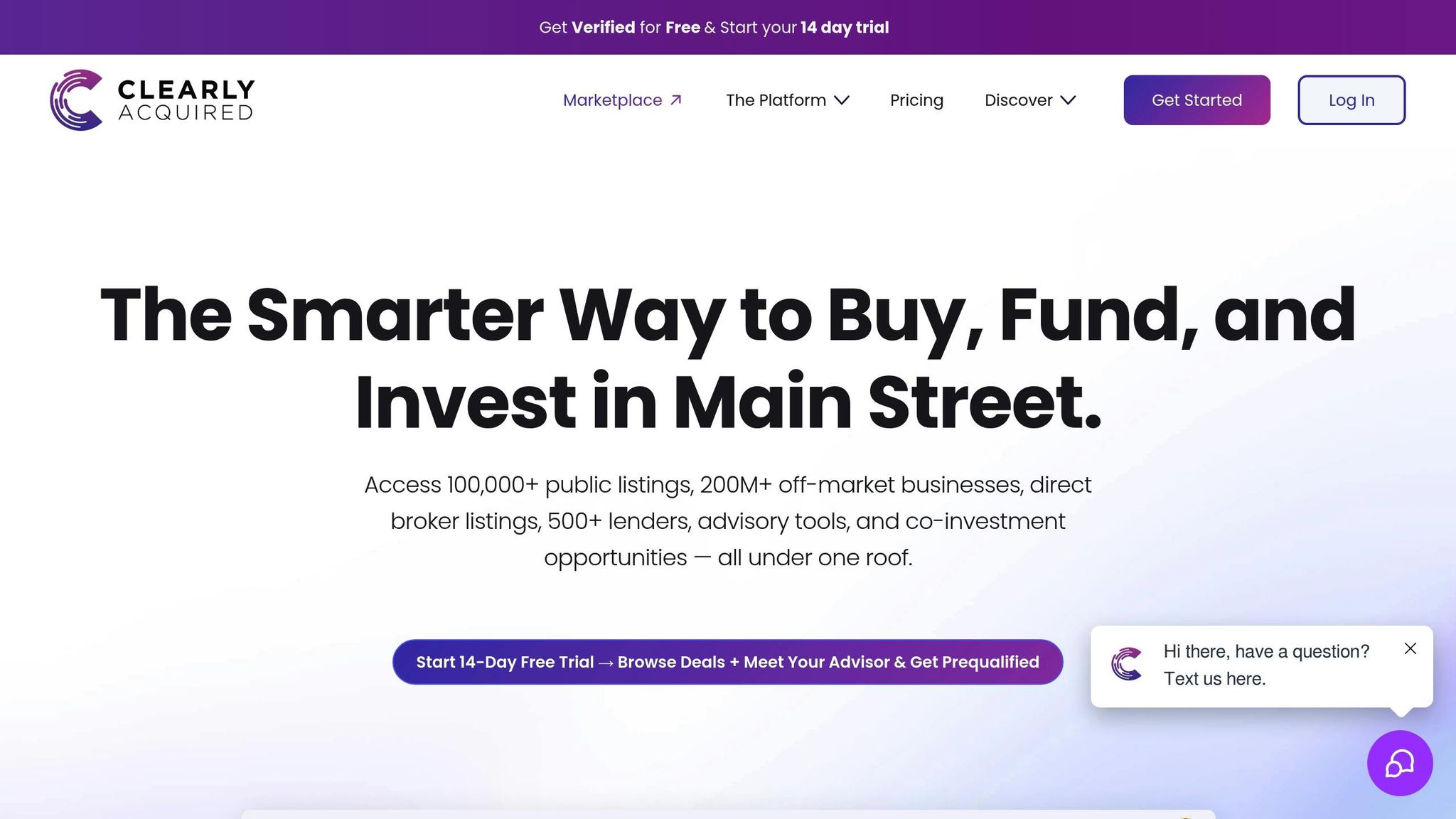
For a step beyond manual scorecards, advanced technologies can provide even deeper insights. Clearly Acquired's AI-powered tools simplify risk assessments, particularly during acquisitions. These tools analyze supplier data, flag potential risks, and integrate findings into your overall evaluation process.
The platform’s search and verification features allow you to research suppliers quickly, cross-referencing their details across multiple databases. This automation not only saves time but also helps uncover risks that manual research might miss.
Clearly Acquired also offers deal management hubs where you can document and track supply chain risks alongside other due diligence findings. Custom dashboards make it easy to spot critical supplier issues, ensuring smooth and secure communication within your acquisition team.
Its AI-enhanced data rooms organize supplier contracts, performance metrics, and compliance records into a structured format, helping you detect patterns or inconsistencies across multiple suppliers during evaluations.
For companies considering acquisitions, these tools integrate supply chain risk assessments into the larger due diligence process, ensuring supplier weaknesses are factored into decision-making.
| Tool | Primary Use | Key Benefits | Best For |
|---|---|---|---|
| Risk Heatmaps | Visual risk prioritization | Quick identification of critical risks; improved communication | Strategic planning and high-level risk overview |
| Supplier Scorecards | Performance tracking and comparison | Standardized evaluation; trend identification; supplier development | Ongoing supplier management |
| AI-Powered Platforms | Automated analysis and integration | Time savings; in-depth data analysis; centralized documentation | Complex acquisitions with multiple suppliers |
82% of organizations are actively engaged in some form of risk management. By combining tools like heatmaps, scorecards, and AI-powered platforms, you can gain a well-rounded view of supply chain risks. This integrated approach ensures that vulnerabilities are continuously monitored and managed, strengthening your acquisition strategy in the process.
Conclusion: Key Steps for Successful Risk Assessment
Conducting a supply chain risk assessment during acquisitions isn’t just a formality - it’s a crucial step that can safeguard your investment and prevent costly surprises. The process outlined here provides a clear path to identifying potential vulnerabilities before they escalate into major issues.
Start by thoroughly mapping the target company’s supply chain. This includes identifying key vendors, logistics networks, and operational dependencies to reveal weak points. Reviewing vendor contracts and analyzing performance metrics can also highlight areas of concern early in the process.
Pay close attention to compliance and regulatory standards, which are becoming increasingly stringent across industries. For example, NIST's updated guidance (SP 1326, 2024) emphasizes the importance of supplier risk assessments as a standard part of acquisition procedures. This shift reflects how supply chain due diligence has evolved into a critical requirement rather than an optional step. Advanced tools are playing a key role in meeting these demands efficiently.
Technologies like risk heatmaps, supplier scorecards, and AI-driven platforms are transforming risk assessments, replacing manual processes with faster, data-informed decisions. These tools are no longer optional - they’re essential for staying competitive in today’s fast-paced acquisition environment.
"Supply chain risk assessments should be conducted as a minimum standard before procurement decisions are executed." - NIST SP 1326, 2024
The process doesn’t end with identifying risks. Mitigation planning is vital to address potential issues effectively. Strategies might include securing backup suppliers, developing alternative logistics routes, or setting up monitoring systems to ensure long-term stability. Without actionable plans, even the most thorough assessment can fall short.
Platforms like Clearly Acquired offer a way to simplify and enhance this process. These tools combine AI-powered analysis with deal management features, allowing you to research suppliers, organize documentation, and monitor risks - all within a single platform designed to support the entire acquisition lifecycle.
The stakes are high: 70% of organizations experienced supply disruptions last year, with 30% facing significant financial fallout. The effort you invest in supply chain due diligence now can save you from far greater costs down the line.
Start your assessment early, use technology to deepen your analysis, and remember that supply chain management doesn’t stop when the deal closes. The vendors and networks you inherit will continue to influence your success for years to come. By following these steps, you’ll position your acquisition to withstand challenges and thrive in the long term.
FAQs
What should you evaluate to ensure supplier reliability during an acquisition?
When evaluating a supplier's reliability during an acquisition, pay close attention to their financial health, operational capabilities, and adherence to regulations. Look into their track record for consistent delivery, the quality of their products or services, and any risks - whether geopolitical or specific to the supplier - that could disrupt operations.
Dive into their historical performance data, schedule regular audits, and monitor key performance indicators (KPIs) such as on-time delivery percentages and defect rates. These measures can help uncover potential issues and confirm that the supply chain is strong enough to align with your business objectives after the acquisition.
How can businesses use AI tools to assess supply chain risks during acquisitions?
Businesses can use AI-driven tools to tackle supply chain risks during acquisitions by assessing critical elements such as vendor dependability, logistics efficiency, and regulatory compliance. These tools rely on advanced analytics and automation to pinpoint weak spots, forecast possible disruptions, and deliver actionable recommendations.
Incorporating AI into the due diligence process allows companies to proactively identify risks, make informed decisions based on data, and facilitate smoother transitions after acquisitions. This strategy reduces the likelihood of supply chain issues, ensuring operations remain steady and dependable.
What are the best ways to manage supply chain risks after acquiring a business?
To manage supply chain risks effectively after an acquisition, prioritize building strong relationships with suppliers, expanding sourcing options, and keeping a close eye on potential risks. Trustworthy partnerships with vendors can boost reliability, while sourcing from multiple suppliers reduces over-reliance on any single one. Conducting regular risk evaluations and planning for different scenarios ensures you're ready to handle disruptions.
It's also important to weave risk management into your broader supply chain strategy. Leverage real-time data tools to spot weaknesses early and set up inventory buffers to cushion against unexpected delays. These measures help create a more resilient supply chain, reduce exposure to risks, and keep operations running smoothly post-acquisition.


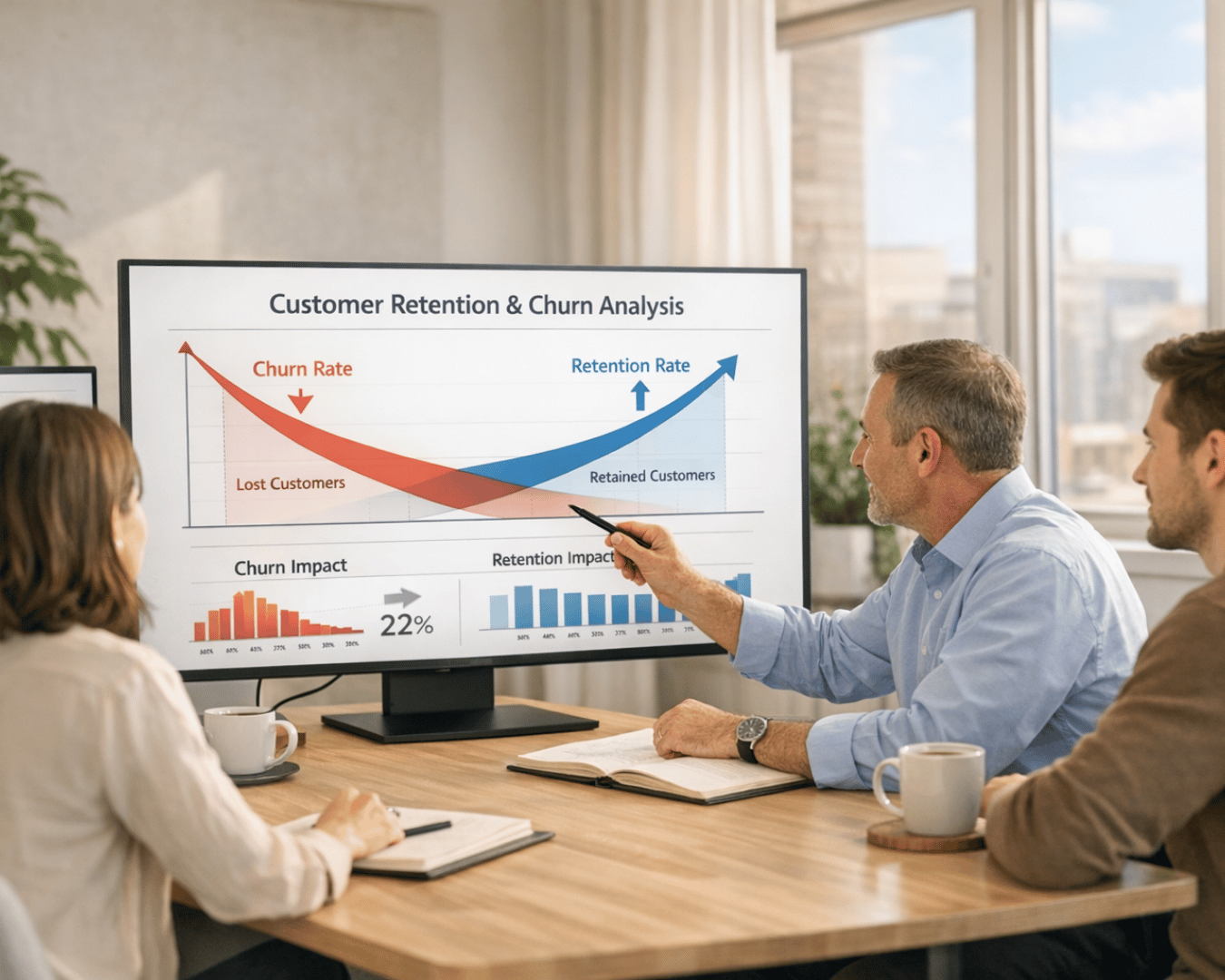
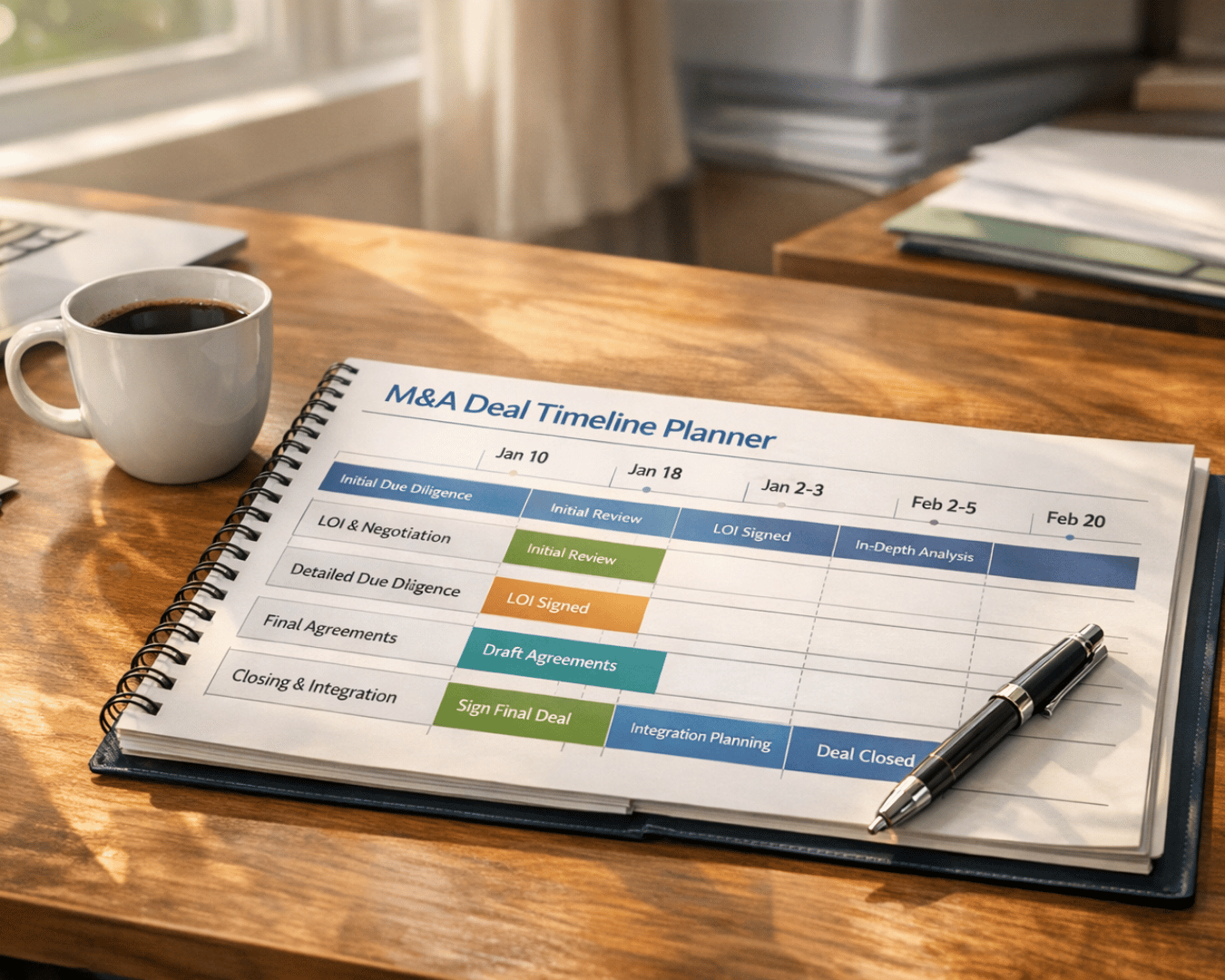









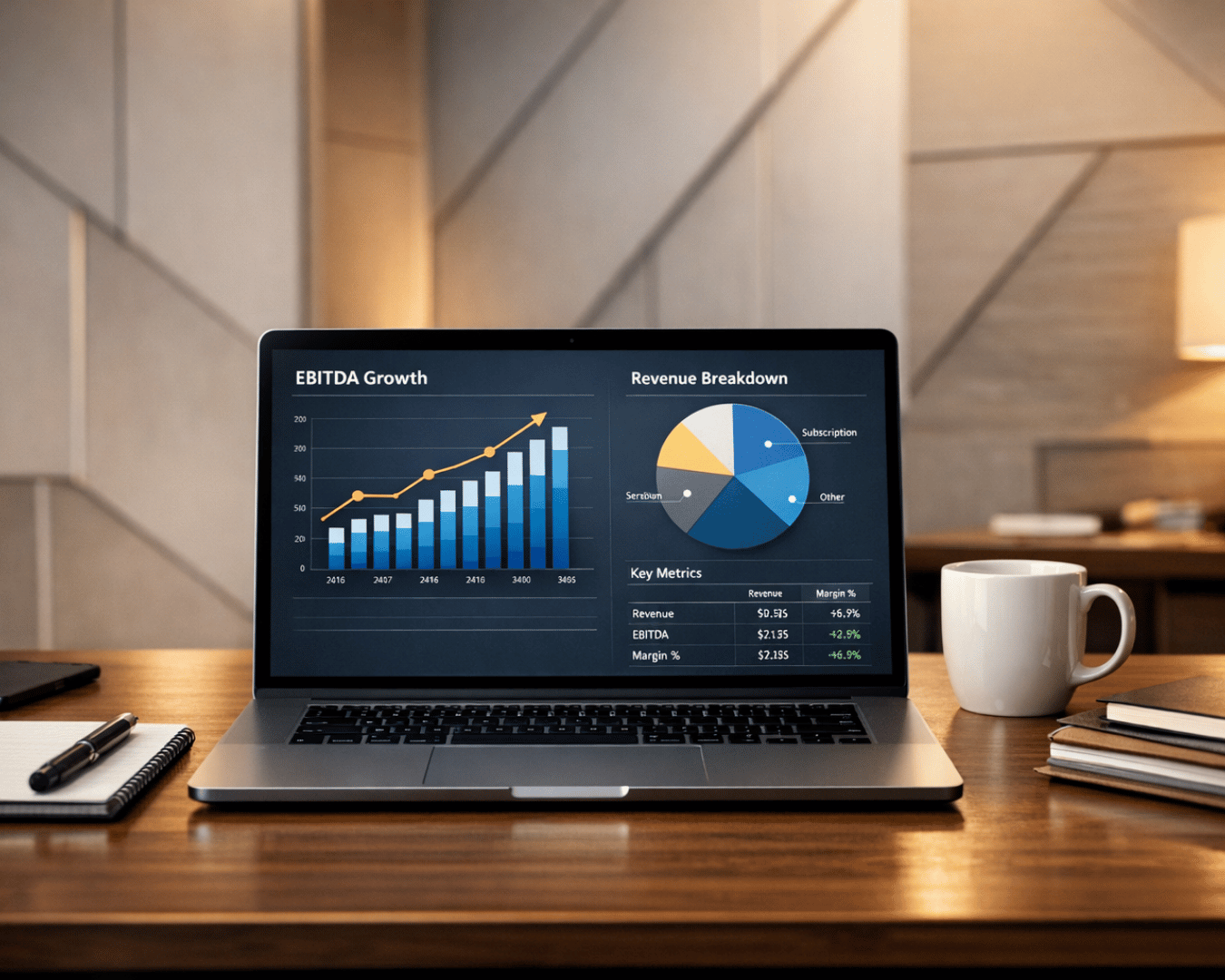

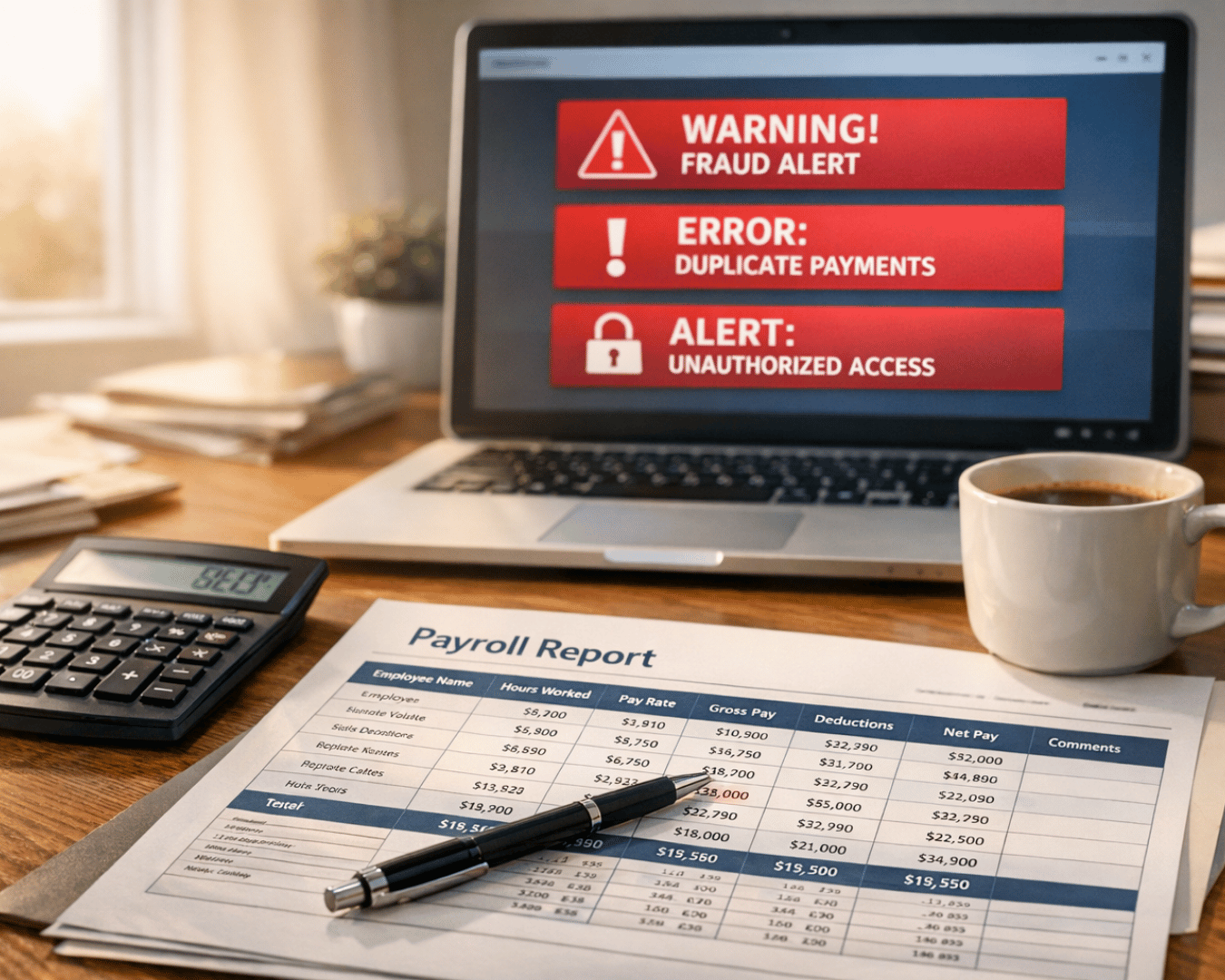






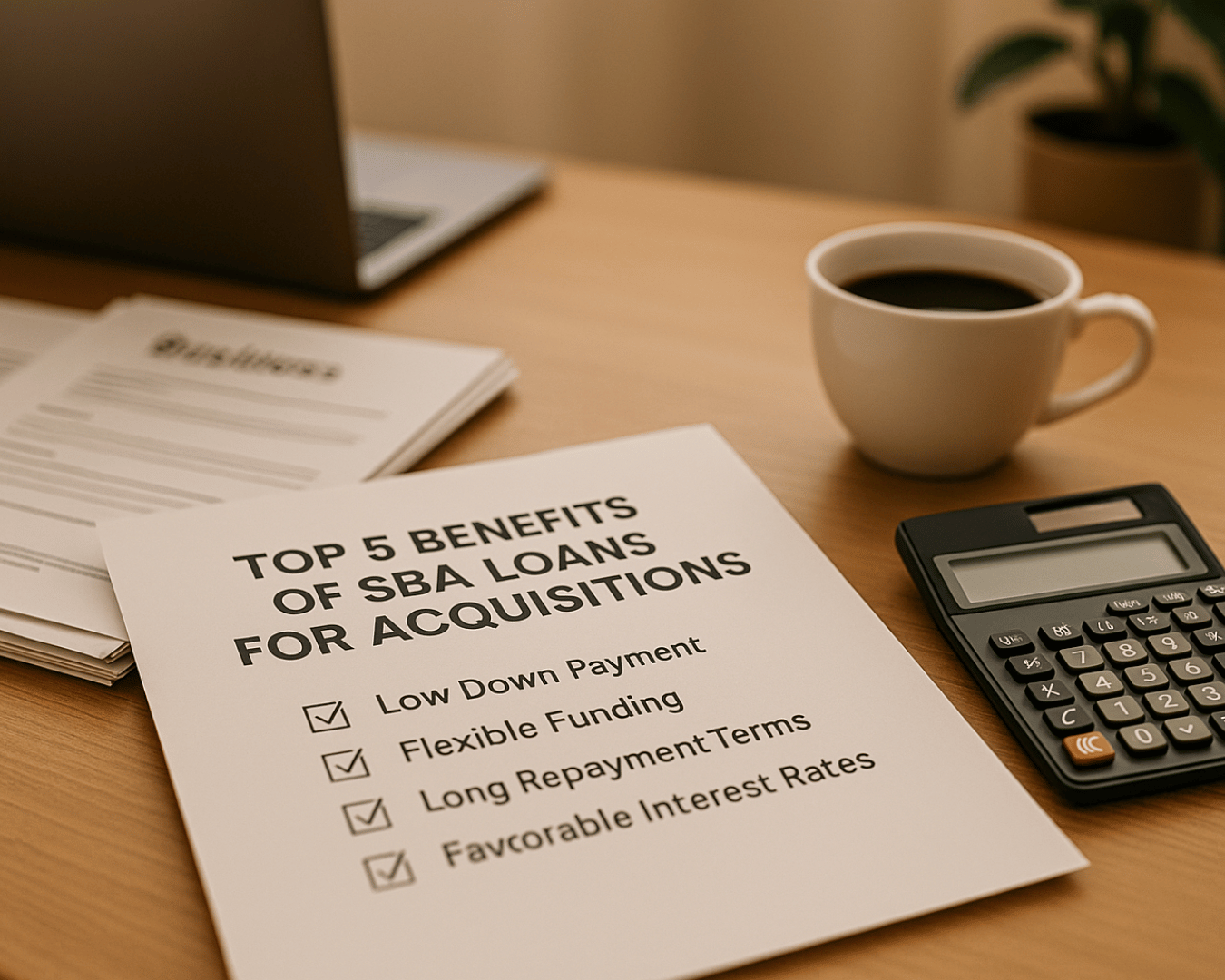

.png)
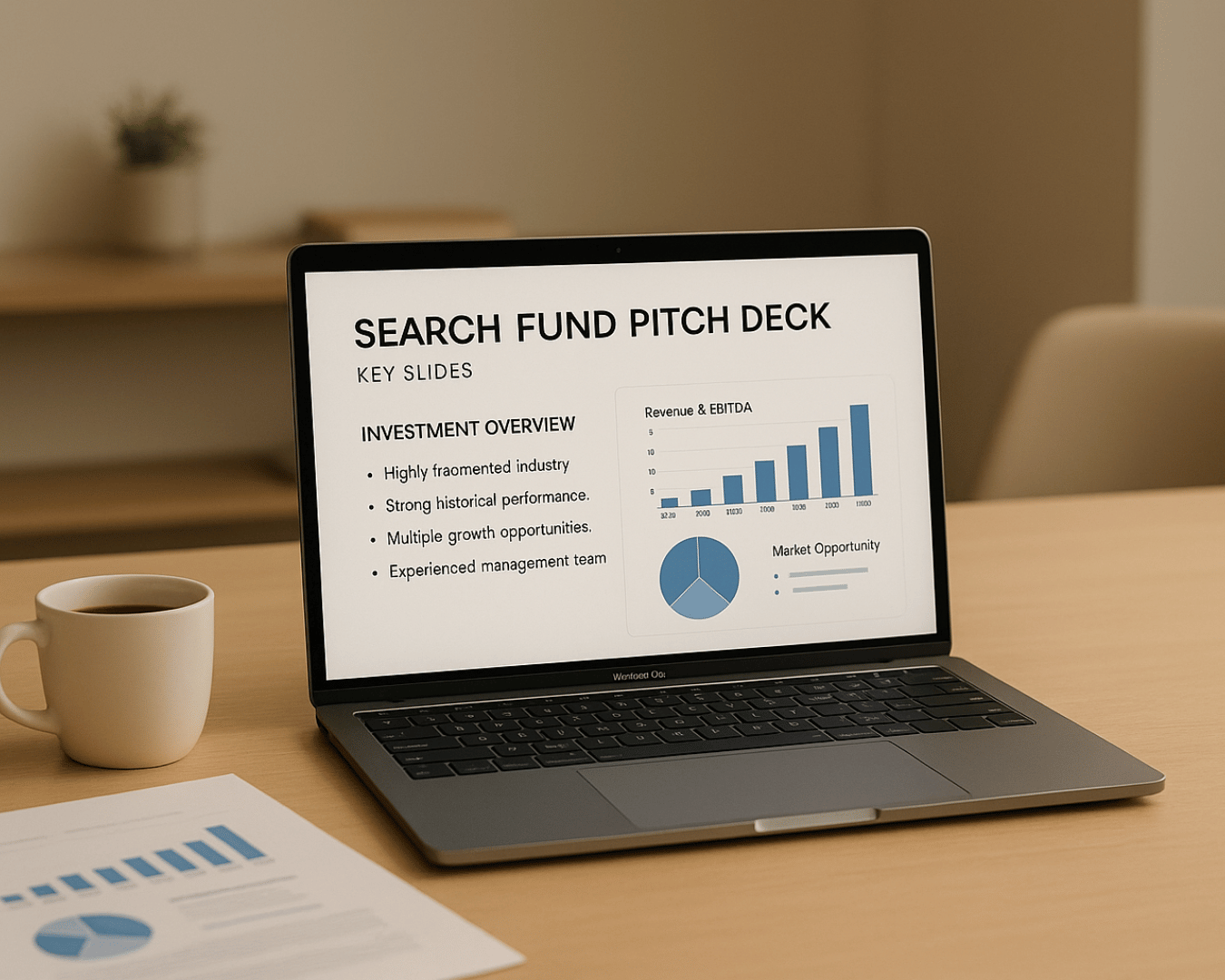






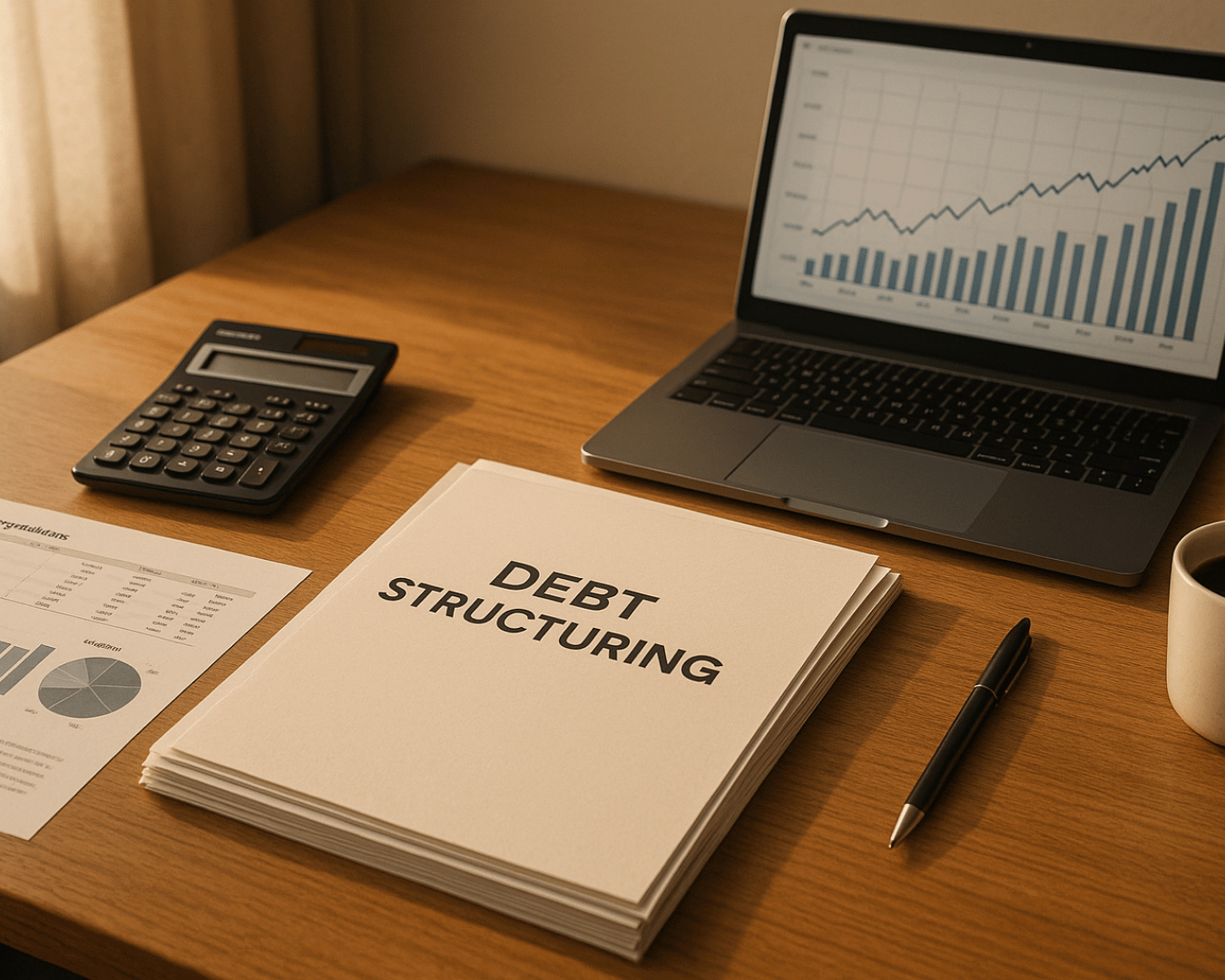




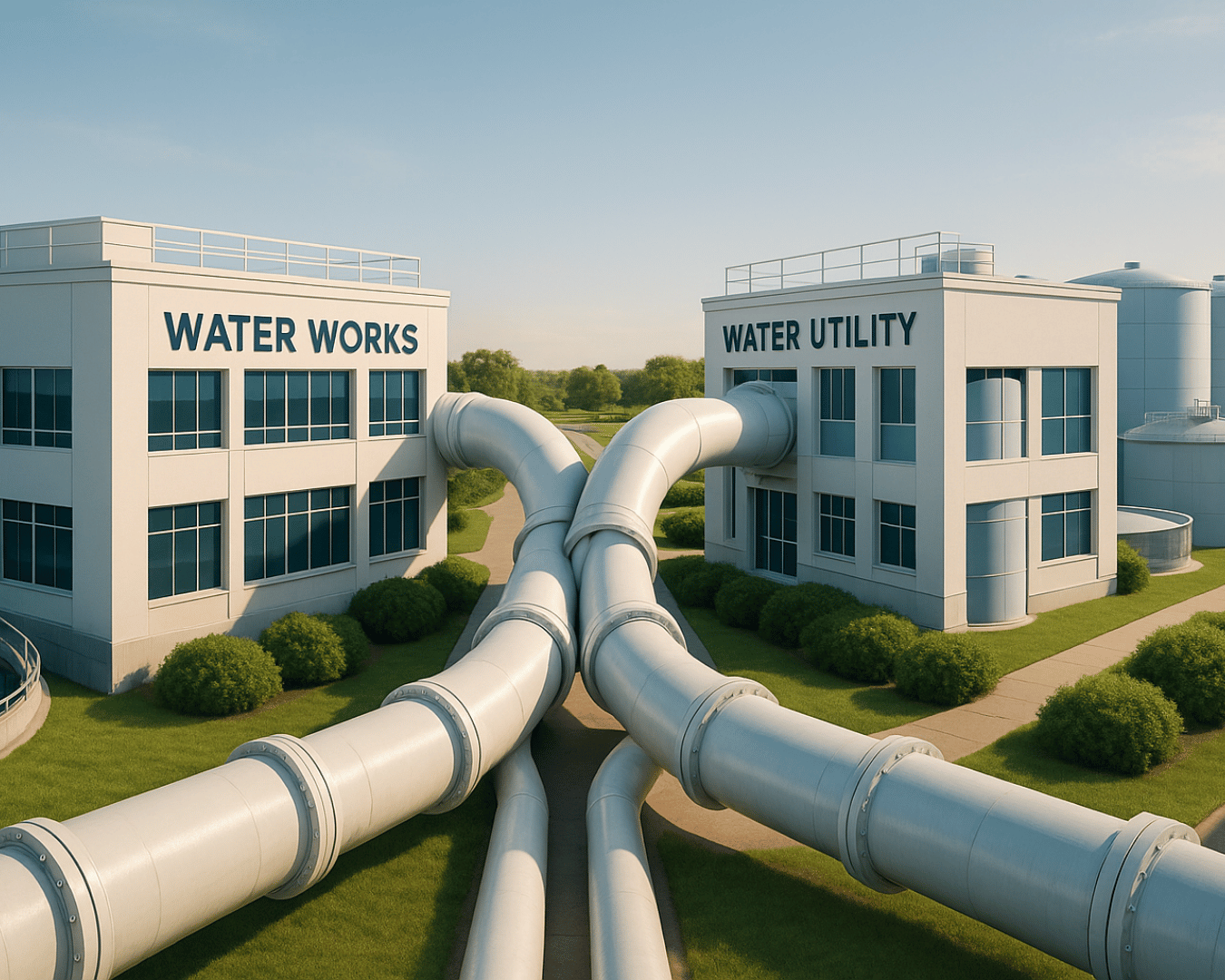




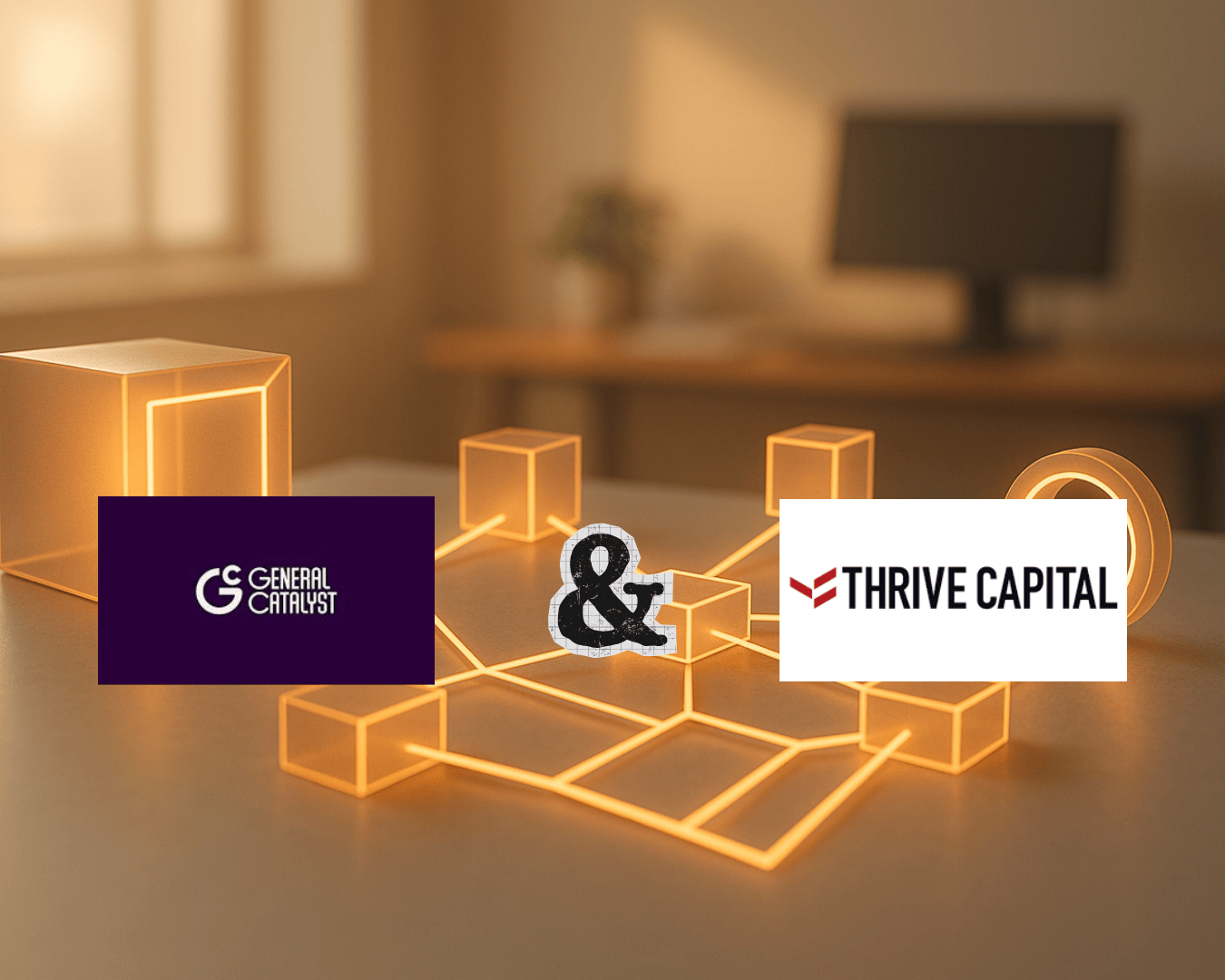
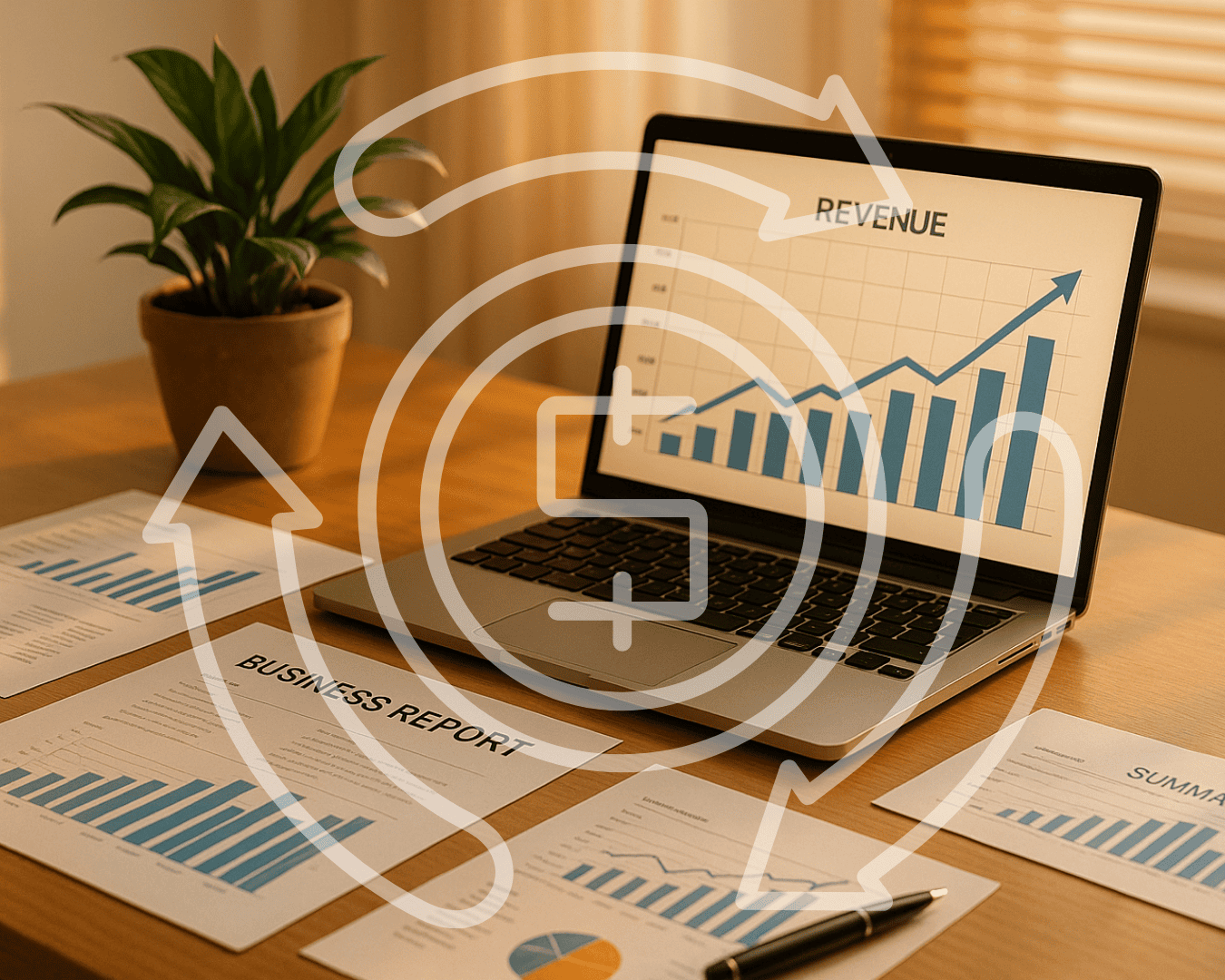







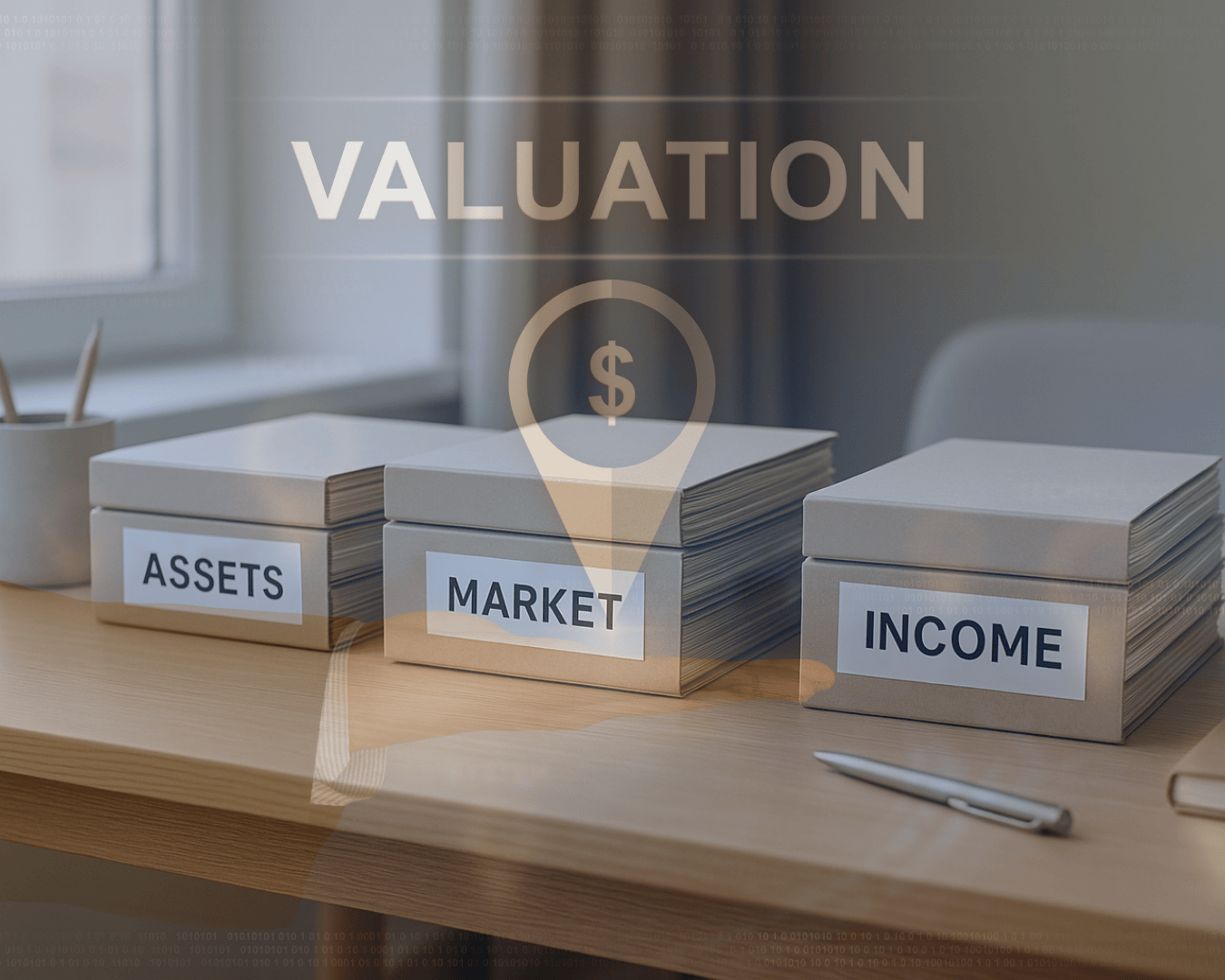


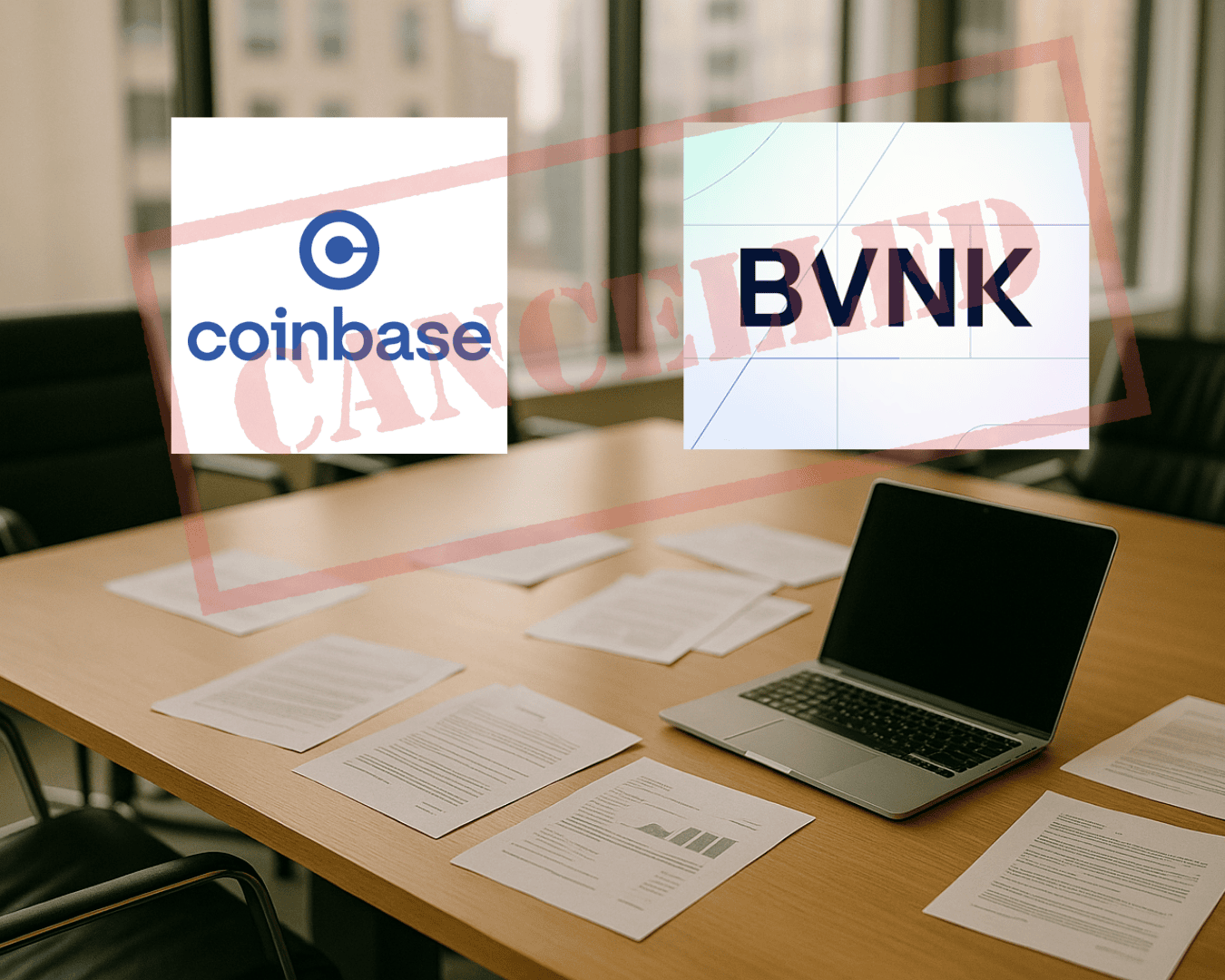
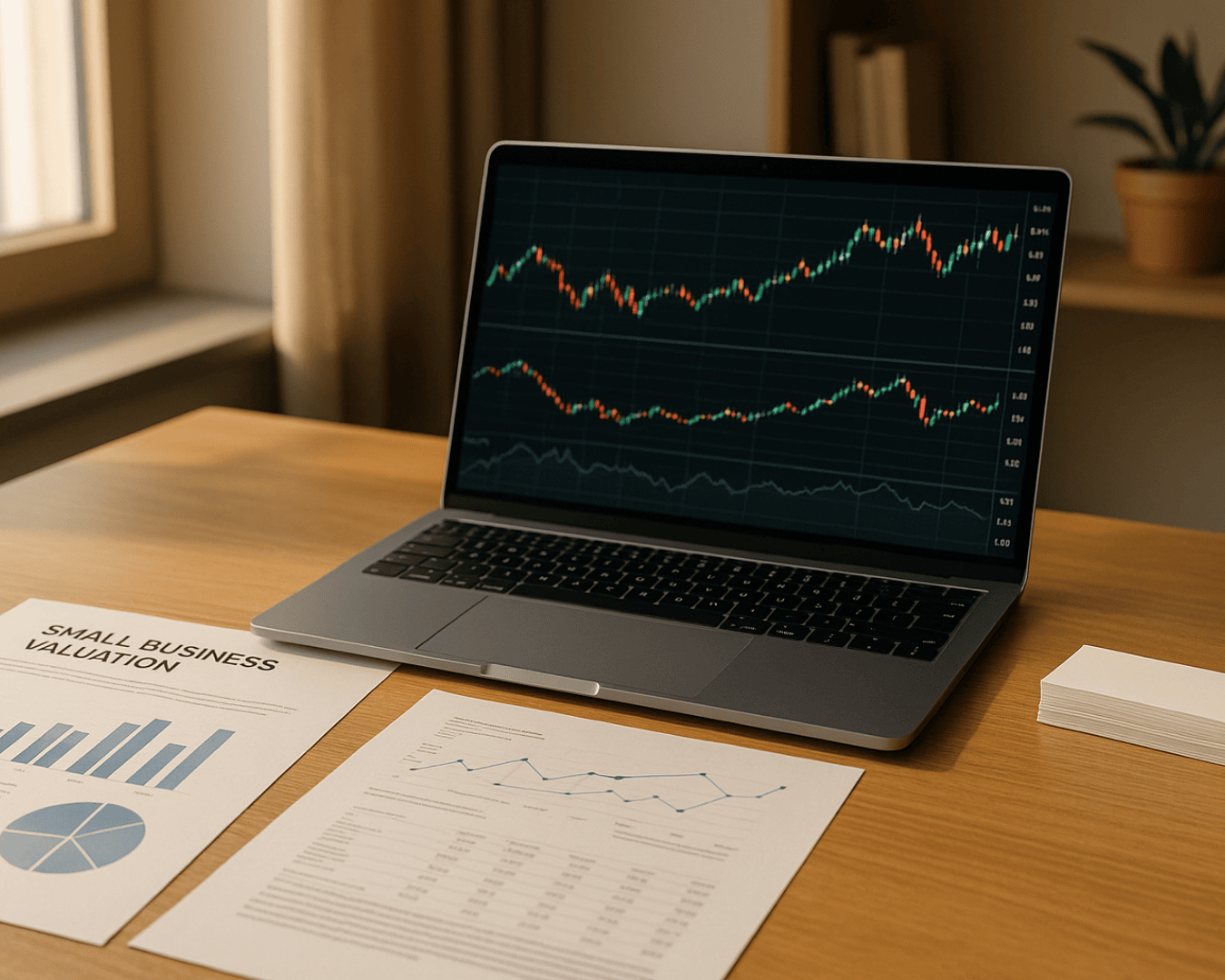








.png)
